
Works by Thawan Duchanee at The Museum of Contemporary Art Bangkok
Boonchai Bencharongkul founded The Museum of Contemporary Art (MOCA) Bangkok in 2012 to create a space to appreciate the works of talented Thai artists. Here, Boonchai Bencharongkul and his co-owner son, Kit Kanachai Bencharongkul, speak to Samantha Welsh about the Thai artists inspiring them and the growth of the collection
LUX: You are renowned for your drive to succeed in everything you do. Where does this come from?
Boonchai Bencharongkul: When my father passed away, he left me with a significant responsibility – to take care of everything that he held dear and worked so hard for. He was a perfectionist and a self-made man, which made following in his footsteps quite a challenge. Fortunately, being a business student and part-time art student allowed me to blend these two worlds together. Art has given me the ability to think freely and imagine beyond the constraints of economics and commerce. I have been doing my best to excel in everything I do, pushing my limits as much as possible.
I remember someone once telling me, “If you want to go to the moon, just try to go as far as you can. Even reaching halfway is an accomplishment.” It’s fascinating to see that humanity is now building a space station halfway to the moon, proving that progress can be made even when we strive for ambitious goals. When I was young, I had a strong desire to pursue a career as an artist. I believe I had the potential to become a successful artist. However, I had to make a decision that aligned with my father’s wishes and also helped me manage the debt for our family business at that time. In retrospect, I think everything worked out for the best. While I may not have followed my artistic passion, I was able to make responsible choices that benefited me in the long run.
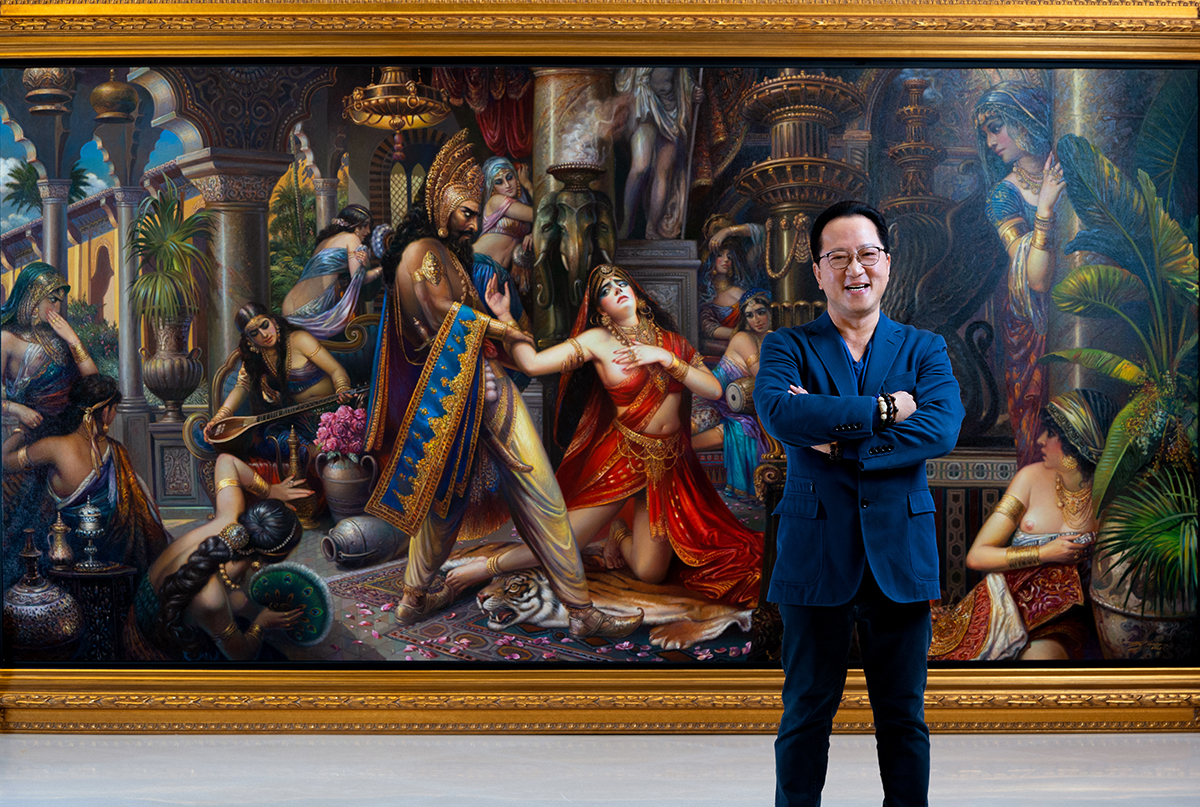
Boonchai Bencharongkul
LUX: What characteristics do entrepreneurs and philanthropists share?
BB: An entrepreneur is someone who creates businesses or corporations and brings their visions to life. Similarly, a philanthropist must also possess a vision to see what they can do to make a positive impact. Both roles require individuals to have a clear understanding of their strengths and abilities. Additionally, they must possess the skill to effectively manage budgets. It is crucial to avoid situations where a social fund or foundation runs out of budget halfway through a project. For instance, in my own experience with my foundation “Ruk ban kerd,” where I provided scholarships for thousands of students from grade 7 to university graduation, I had to carefully calculate how much money I could allocate and for how many years I could sustain the scholarship program. This allowed me to ensure the longevity and effectiveness of the program.
Kit Kanachai Bencharongkul: I believe that both entrepreneurs and philanthropists excel in the realm of business. It is likely that they share common traits such as being innovative, creative, and skilled in making strategic decisions.
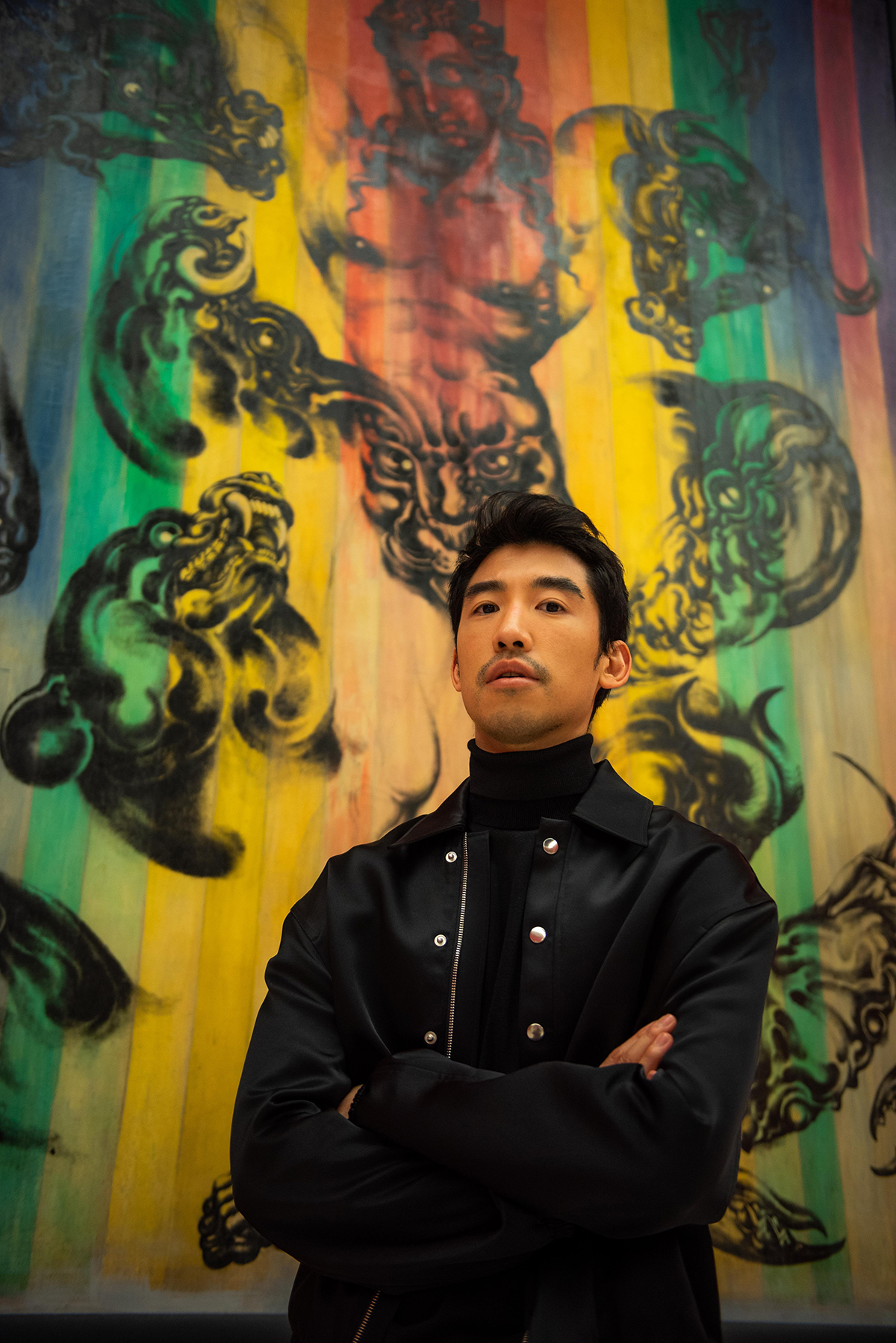
Kit Kanachai Bencharongkul
LUX: What was your vision for founding MOCA?
BB: First of all I must admit, it’s not only my vision but Thawan Duchanee’s vision. Thawan is one of the greatest figures in Thai modern art. And he made me a bargain: he didn’t give me a timeline but he said that if I were to make a place where Thai artists can place their works permanently on display, in return I would not have to chase after his paintings anymore. I would be the first to see and choose his paintings – on the condition that I go to all artists’ show openings with him. He also told me in Thai the saying “be those raindrops on the cracking hard soil”, to give life back to the country with these amazing artworks. Our establishment was most likely one of the first private art museums in Thailand of this magnitude. As a result, collectors and individuals who are interested in creating their own private museums can consider us as a prototype or model to guide them in their endeavours. The more museums and art spaces we have, the better it is for the country.
LUX: Is there method in the madness of collecting?
BB: With my art collection I initially focused on acquiring works that align with my own artistic style, specifically surrealism. Additionally, I developed a strong appreciation for Thai art, which was not extensively taught in the US. Beyond these preferences, I followed my passion when selecting artworks. I believe I have a good understanding of art, so I rely on my instinct when deciding which pieces to acquire, whether they are abstract, surreal, or Thai art. I also take into consideration what the general public might find enjoyable.
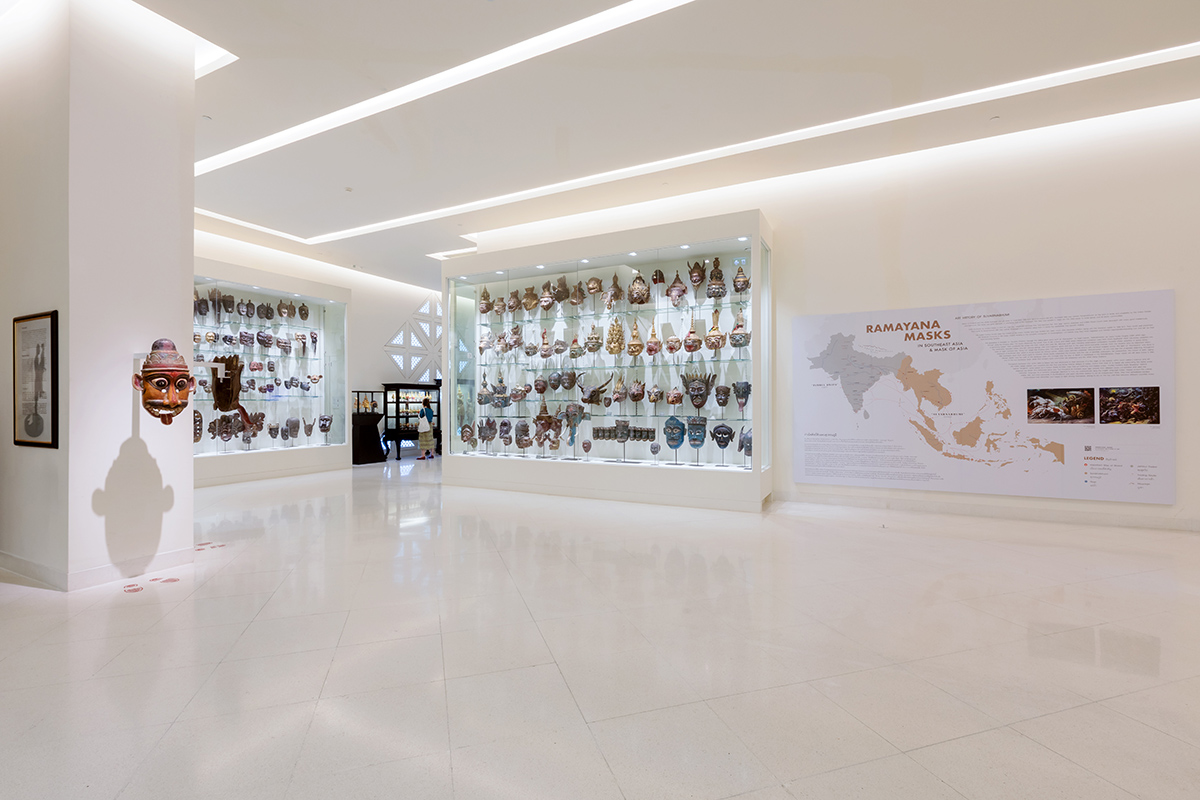
Ramayana masks and Asian masks from the Museum’s permanent collection
LUX: Why are dreams and mythology so central to the Thai psyche?
BB: During the past century, Thailand underwent significant development but also witnessed huge disparities in wealth and social class. In rural areas, it was common for individuals to face extreme poverty to the extent they had no money to feed themselves. In desperate situations, some had to resort to selling their families or animals for much-needed funds. Although it may sound primitive, this unfortunate reality existed. As a result, the dreams, soap operas and the tales they enjoyed became a means of escape, portraying unrealistic scenarios such as a poor village girl meeting a prince from the city. These stories served as a source of hope and comfort in Thai culture, reminding individuals that even in the most challenging and hopeless situations, it is important to maintain a positive outlook and a smile.
LUX: Which artists have inspired your curation journey?
BB: Two artists I particularly admire are Thawan Duchanee and Modigliani. Thawan Duchanee’s work captivates me, and Modigliani’s portrait paintings, with their elongated necks, have a unique and striking appeal. Salvador Dalí is another artist I admire. There are numerous painters who inspire me, and sometimes it only takes one or two of their paintings to make a profound impact. When it comes to collecting, I don’t limit myself to a specific style. Instead, I collect what I personally enjoy and what I believe others will appreciate as well. I strive to gather pieces that have the power to make people pause and truly appreciate their beauty.
KB: Having spent over a decade as a fashion photographer, and having a background in architecture, I draw constant inspiration from the world of photography and three-dimensional spatial artworks. The works of photographers like Tim Walker, Guy Bourdin, Gregory Crewdson, Erwin Olaf and Steven Klein have greatly influenced my creative journey. Furthermore, artists such as Olafur Eliasson, Xu Zhen, James Turrell and Anish Kapoor captivate me with their boundless creativity and innovative approaches. Meanwhile, I also hold a deep appreciation for painters like Rothko and David Hockney, just to name a few
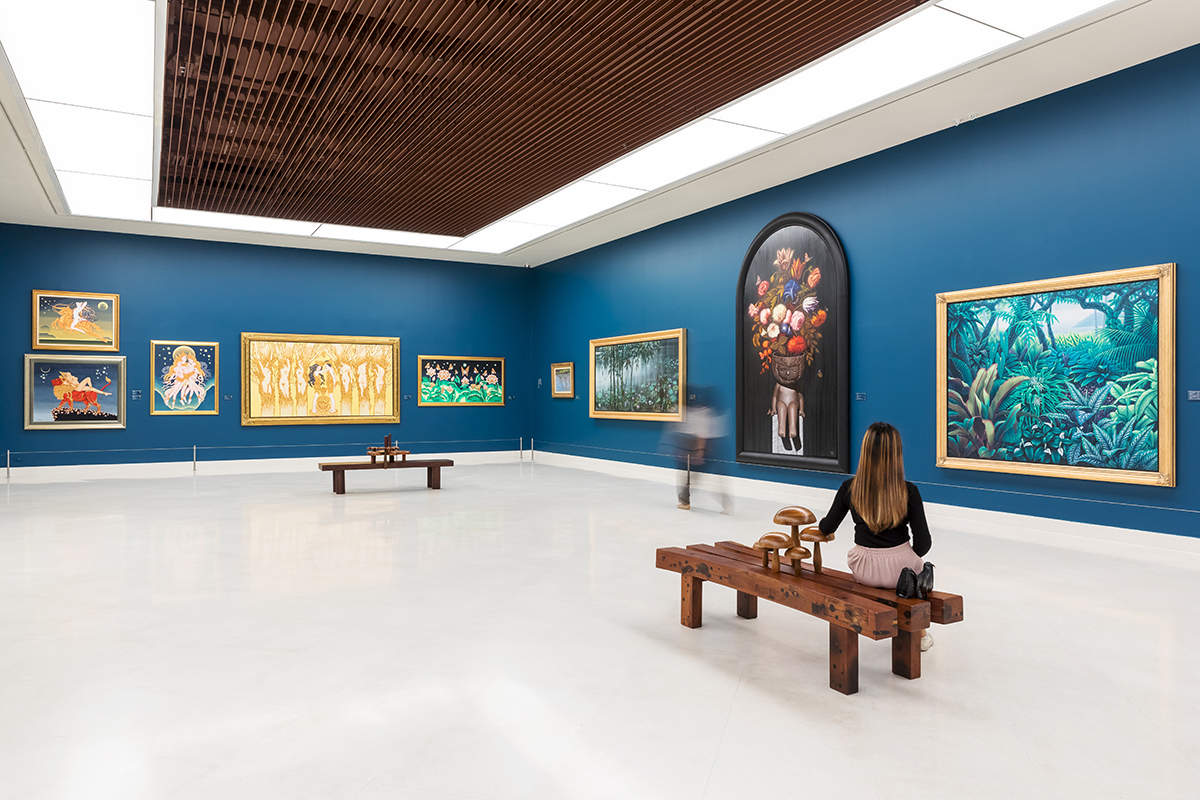
The MOCA Bangkok’s ‘Bloom Room’
LUX: As an early collector of multi-sensorial, immersive art, why was this so compelling for you?
BB: These artists have a unique ability to convey the true meaning and expression behind their work. When you experience these works, you can truly feel, see, and be a part of the emotions and messages they are trying to convey. Their art has a powerful way of connecting with viewers on a deep and personal level.
LUX: How is MOCA continuing to grow the collection?
BB: I am currently immersing myself in the rich heritage of South East Asian art, delving into the roots of this captivating artistic tradition. My latest endeavour involves curating an exhibition that explores the earliest moments of Asian civilization, spanning back an impressive 2300 years. Through meticulous research and analysis, I am unearthing fascinating insights from a time when historical records and archaeological evidence were scarce. By studying trade patterns between South East Asia, China, and India, I have discovered intriguing connections, such as the inclusion of a lantern from Rome in the collection of our country, dating back 1500 years. This exhibition aims to shed light on the cultural exchanges and influences that shaped the artistic landscape of ancient South East Asia. Therefore I’m commissioning more works under this theme and topic of this unknown history.

More works by Thawan Duchanee at MOCA Bangkok
KB: When it comes to expanding the collection, my personal taste and how well a piece fits within the existing collection are the primary factors I consider. However, my father’s collection is already quite extensive, so my focus is less on acquiring new pieces and more on hosting temporary exhibitions. Currently we curate a new show almost every month, offering a diverse range of art forms, from paintings, to photography, to digital and the performing arts. These exhibitions cater to a variety of audiences, attracting individuals who may not typically visit or be familiar with our museum. It’s truly enjoyable to bring together different crowds and introduce them to the world of art! Additionally, I have plans to collaborate with more international artists for future exhibitions, thereby further enhancing our museum’s offerings.
Read more: Aliya and Farouk Khan on the Malaysian contemporary art scene
LUX: What advice did you offer your son when you handed him the reins of the family business?
BB: My son is thriving, and I take pleasure in imparting daily guidance to him, knowing that one day he will have full control. I aspire to live until the age of 90, relishing the opportunity to continue to collaborate with my son and work together. The museum holds a special place in my heart as I find great delight in being there and contemplating our next steps. Often, I encounter individuals whose elderly parents express feelings of depression and boredom. In response, I inform them that if their parents are over 60, they can visit the museum free of charge. It is my hope that we can contribute to brightening people’s days through the enchantment of art. My sole advice to my son is to continue creating joy for others, as it is our devoted mission to serve the public in this manner.
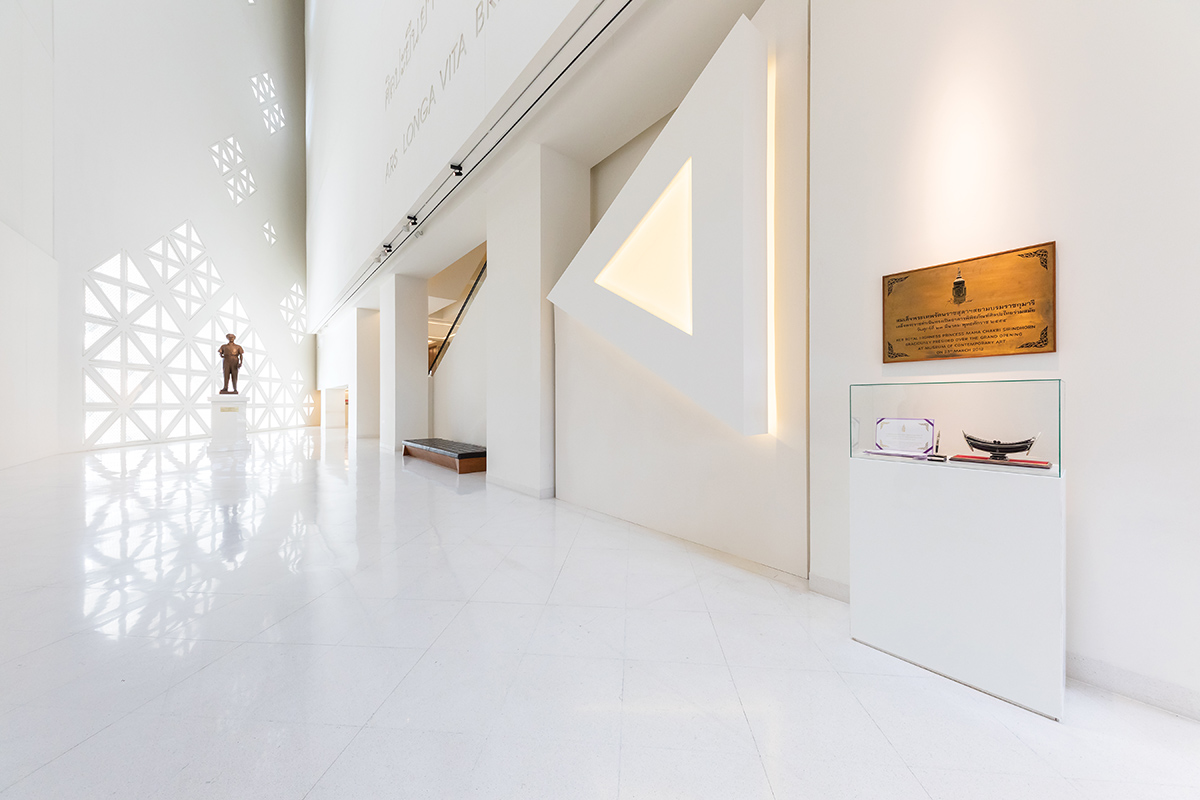
The Atrium Space at the MOCA Bangkok
KB: Although my dad hasn’t completely handed all control of the museum to me (and I don’t think he ever will, as he takes great pride in it!) I am here to assist him in reaching a younger audience and to adapt to the ever-changing world of art. He has been supportive and open to my ideas and contributions to the curations and events we put on. While he hasn’t given me specific advice, he always encourages me to have fun and enjoy what I do. However, this can be challenging, as there is a stark difference between loving and appreciating art and managing the financial responsibilities of running a museum. It can be quite stressful at times but I make an effort to find enjoyment in my work because of my deep love for art.
Find out more: mocabangkok.com
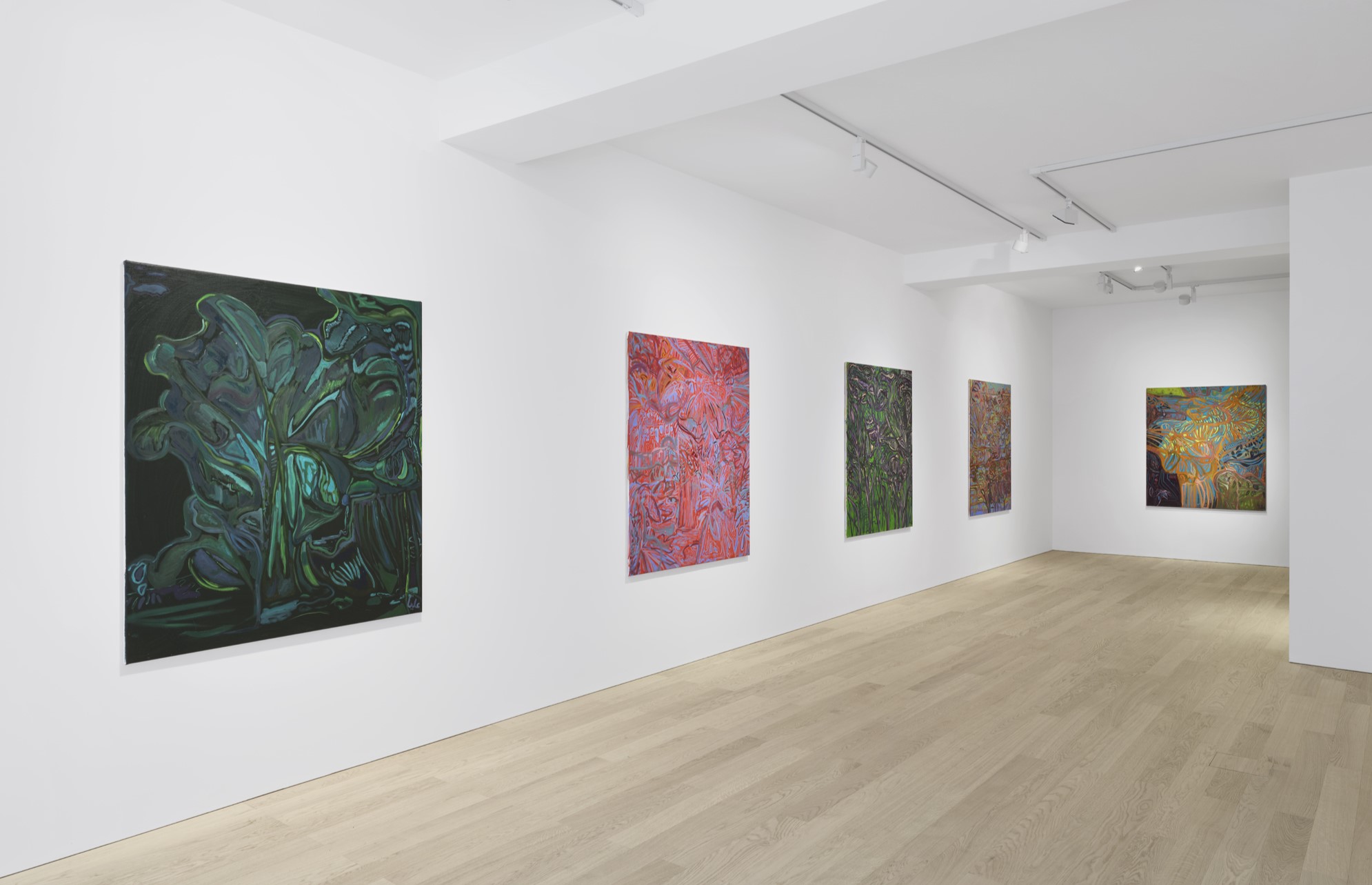
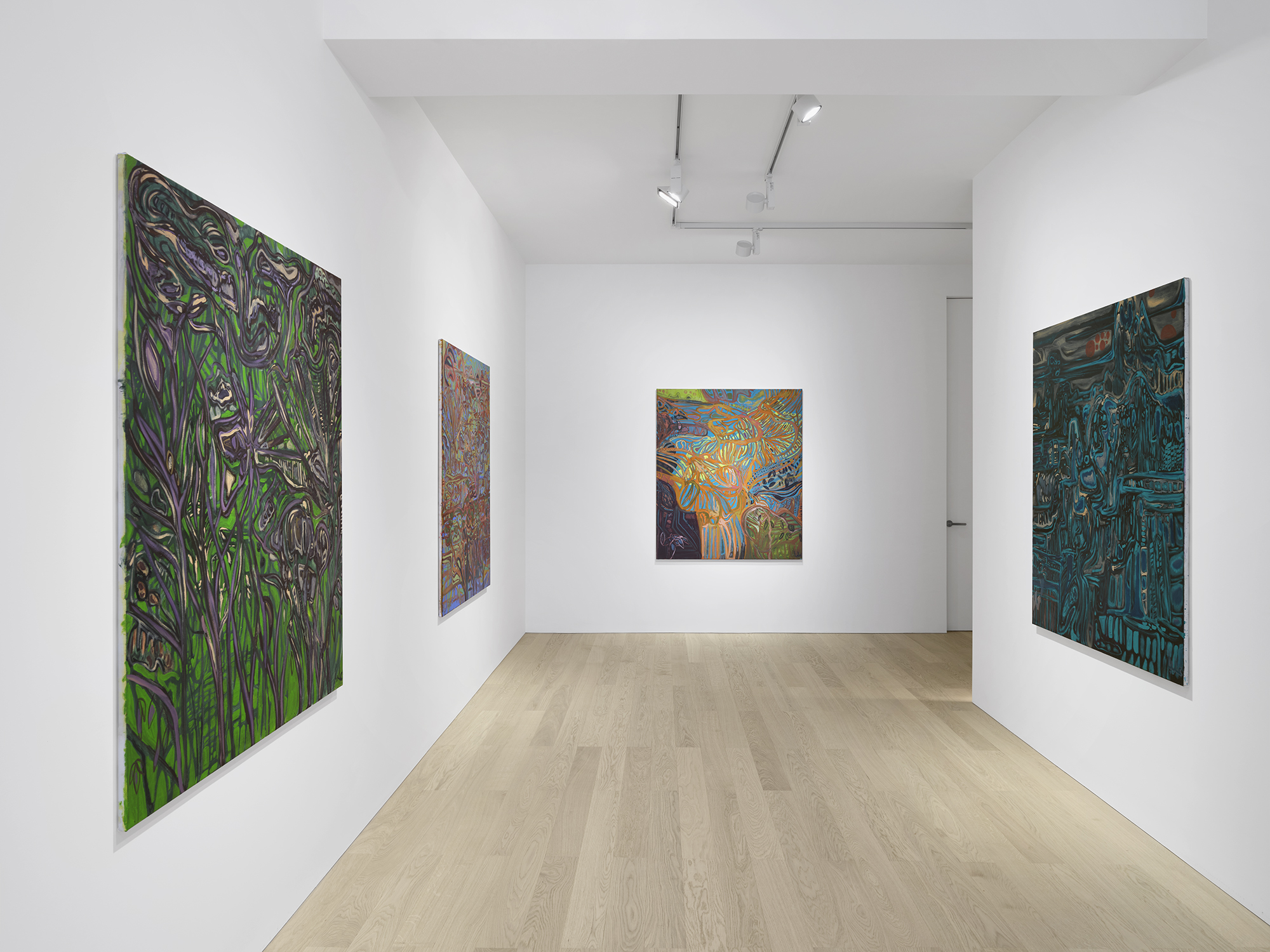
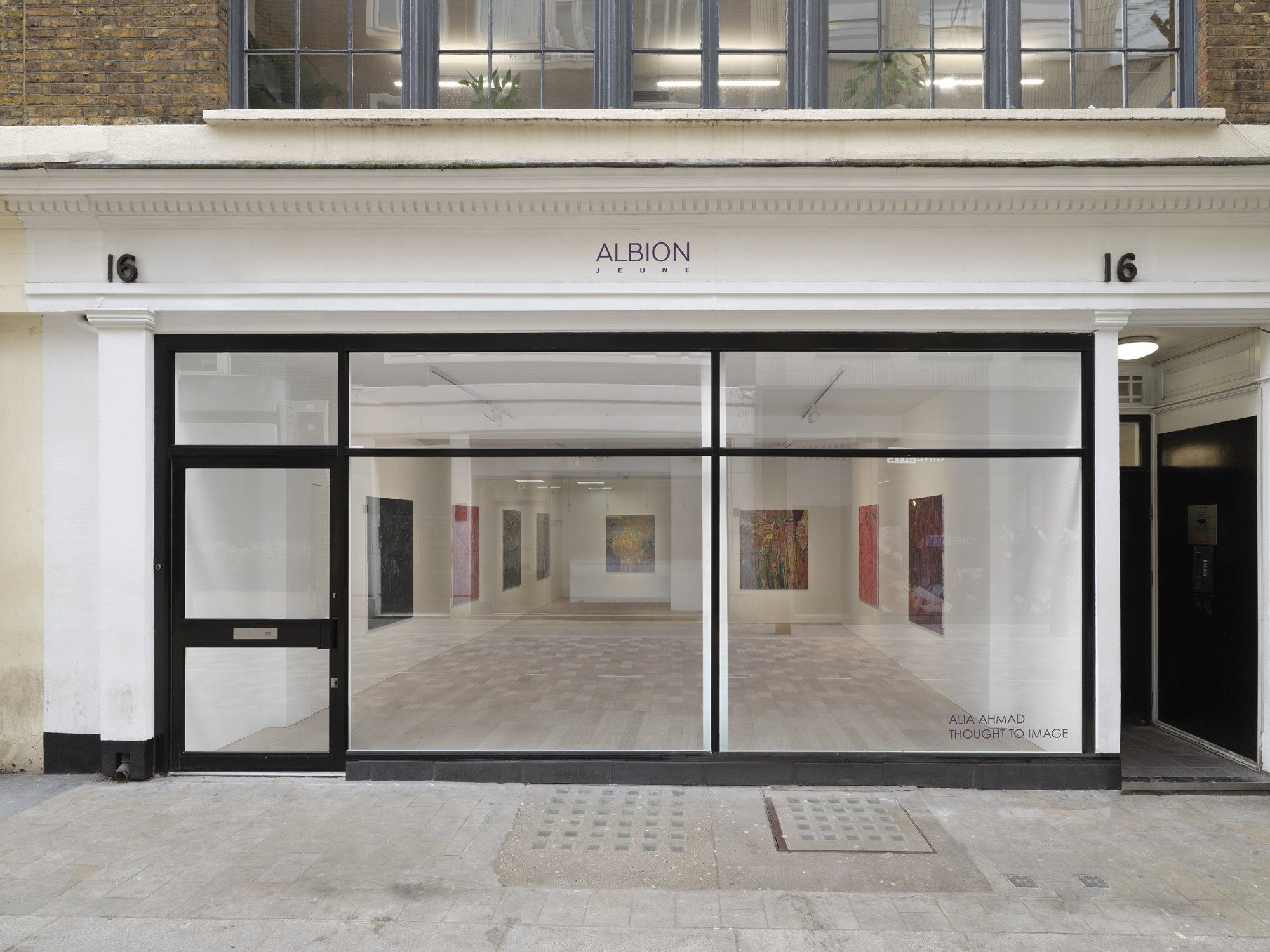
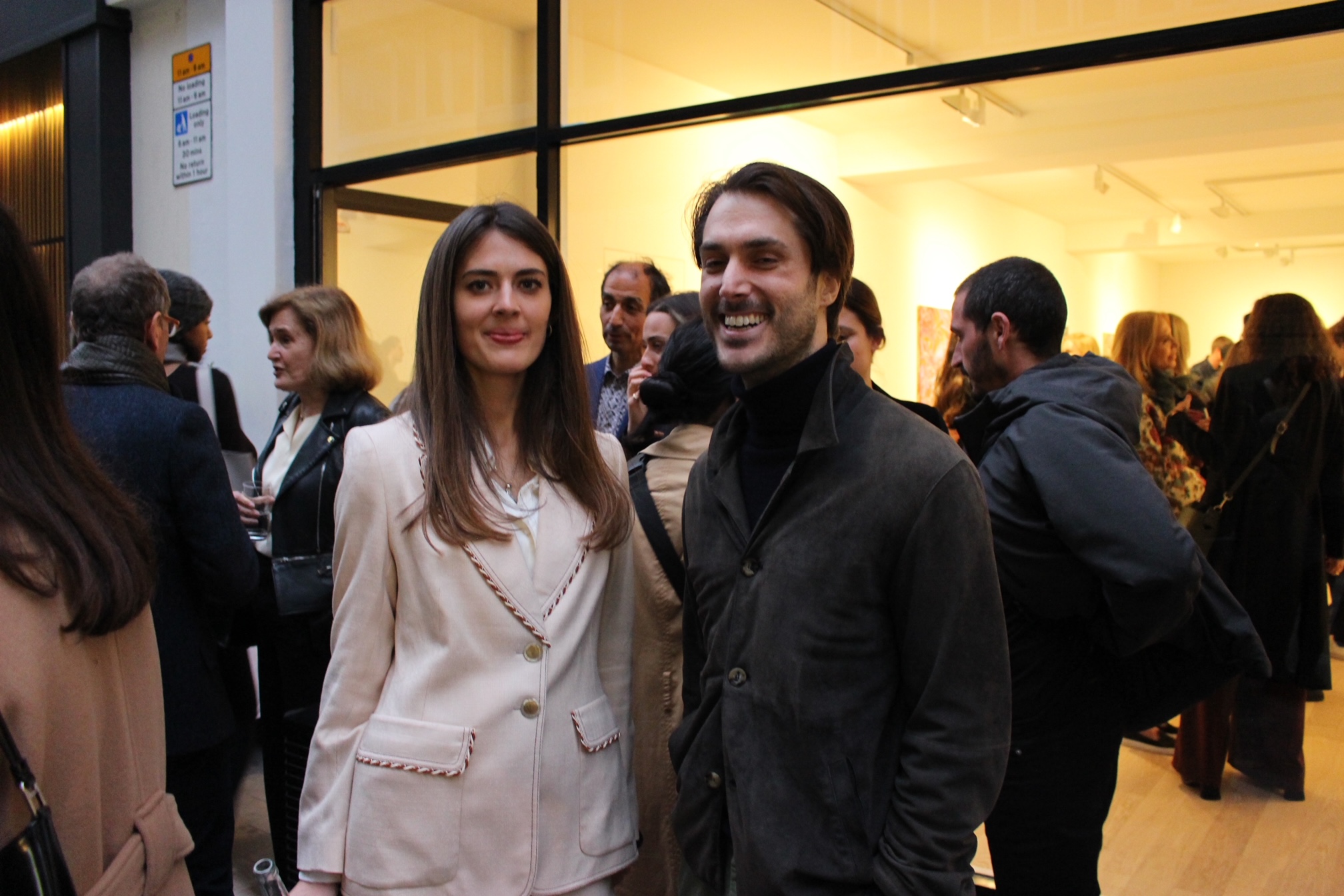


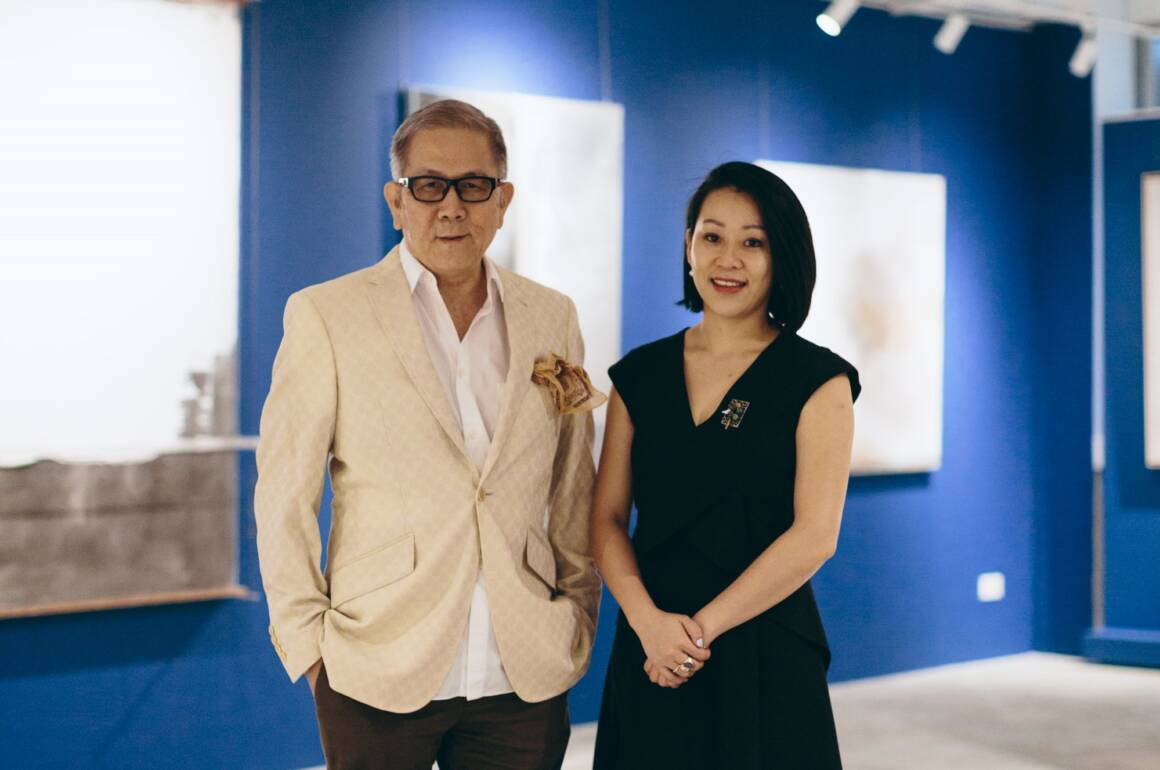
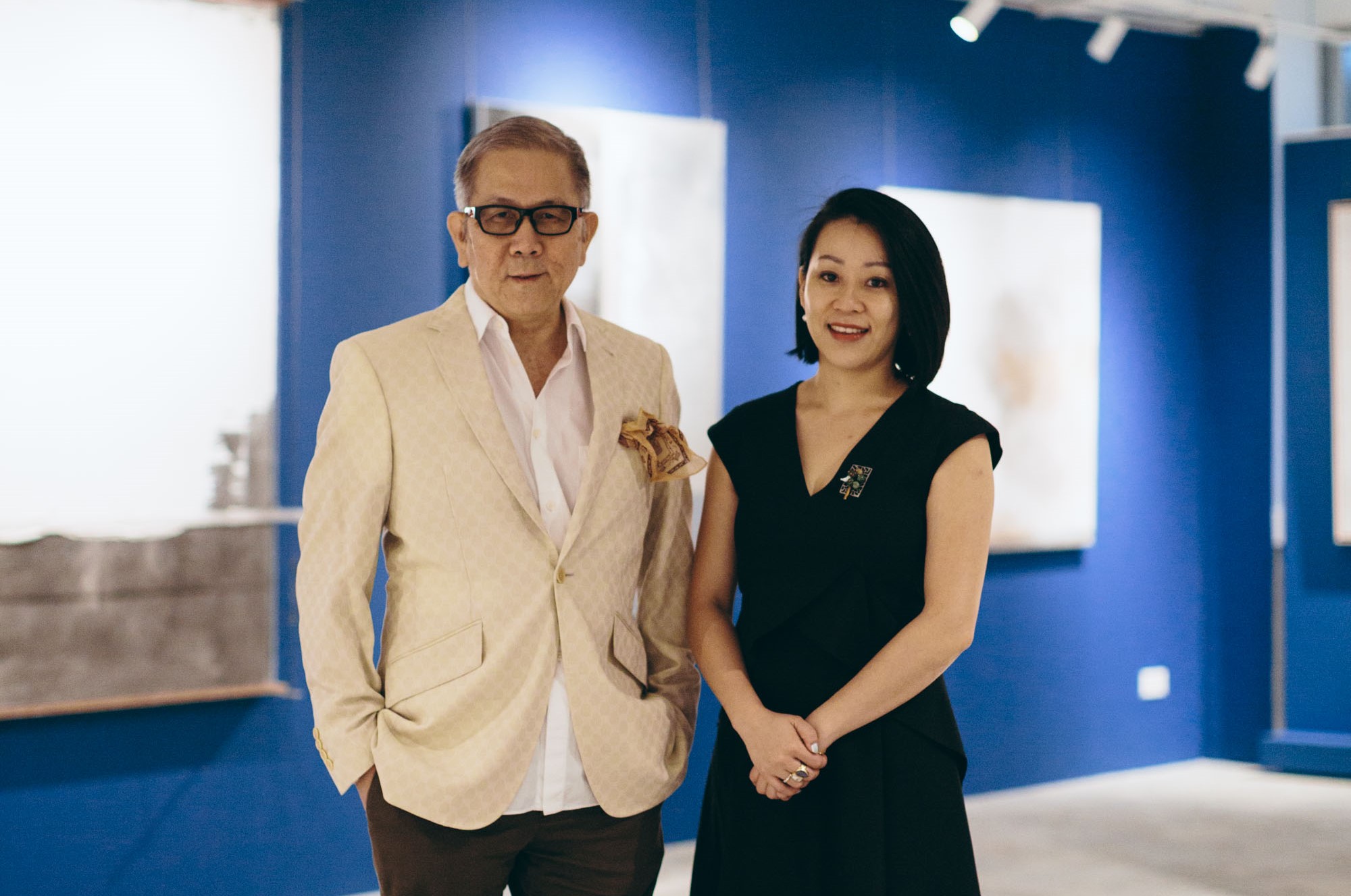
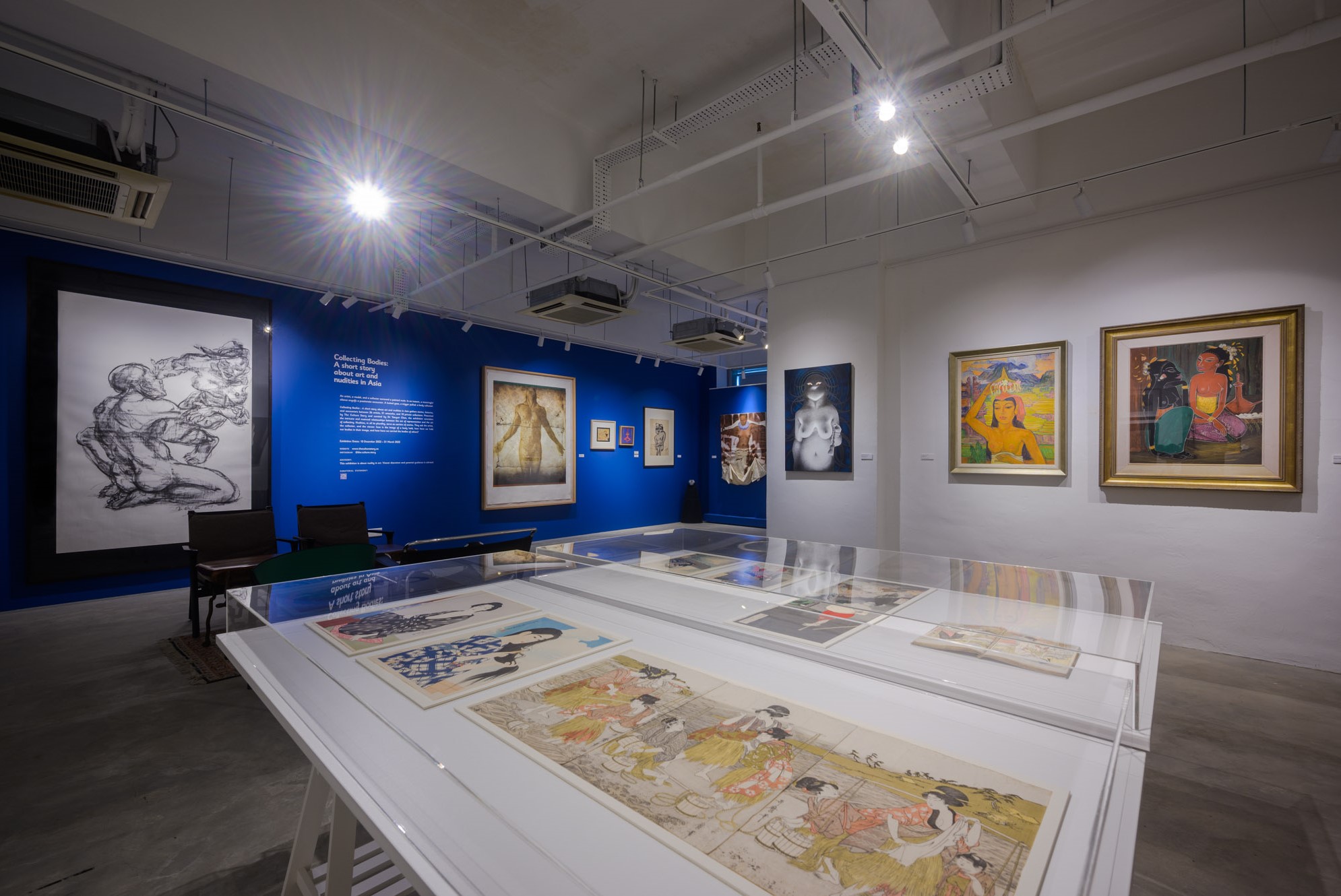
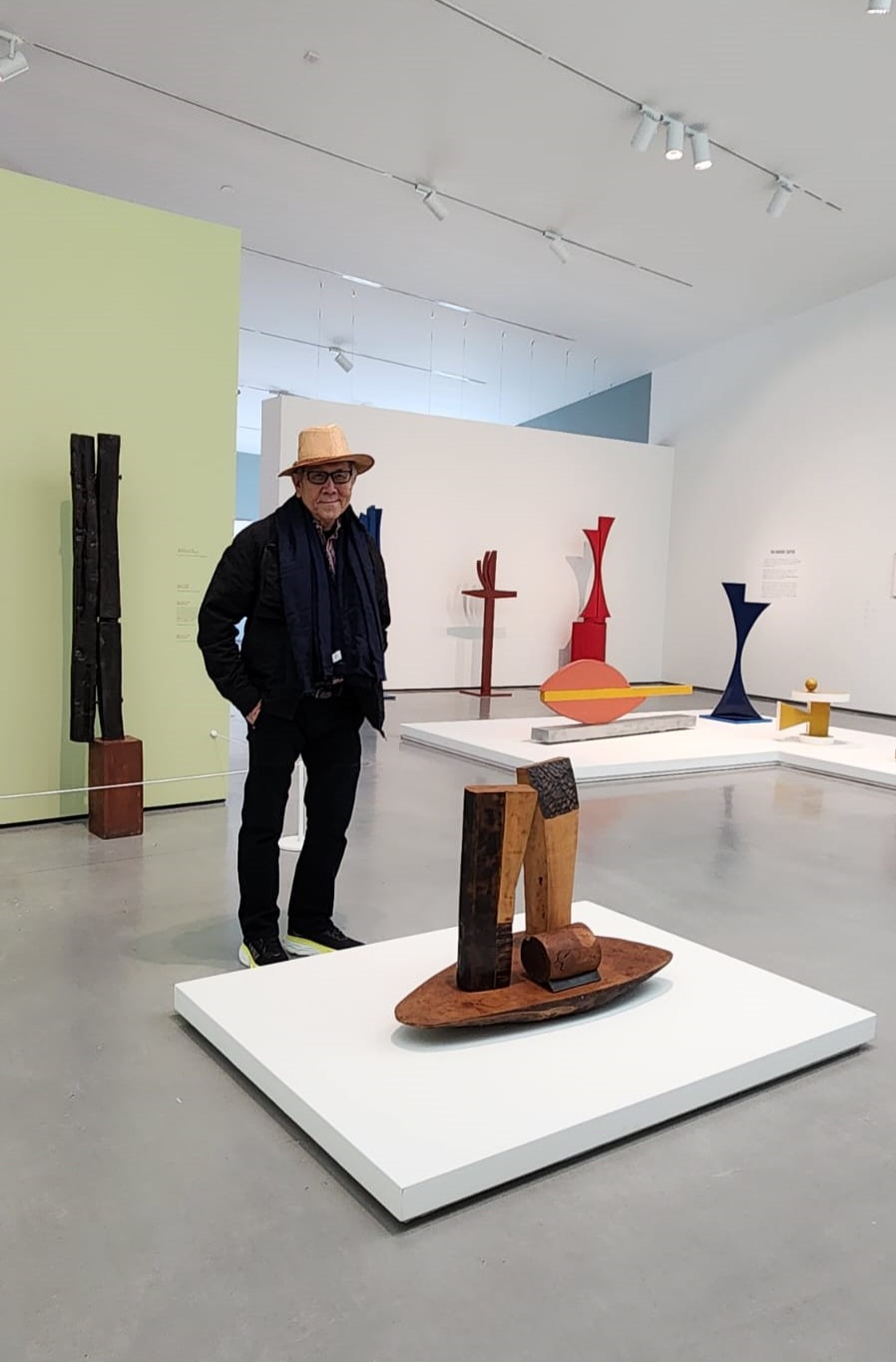
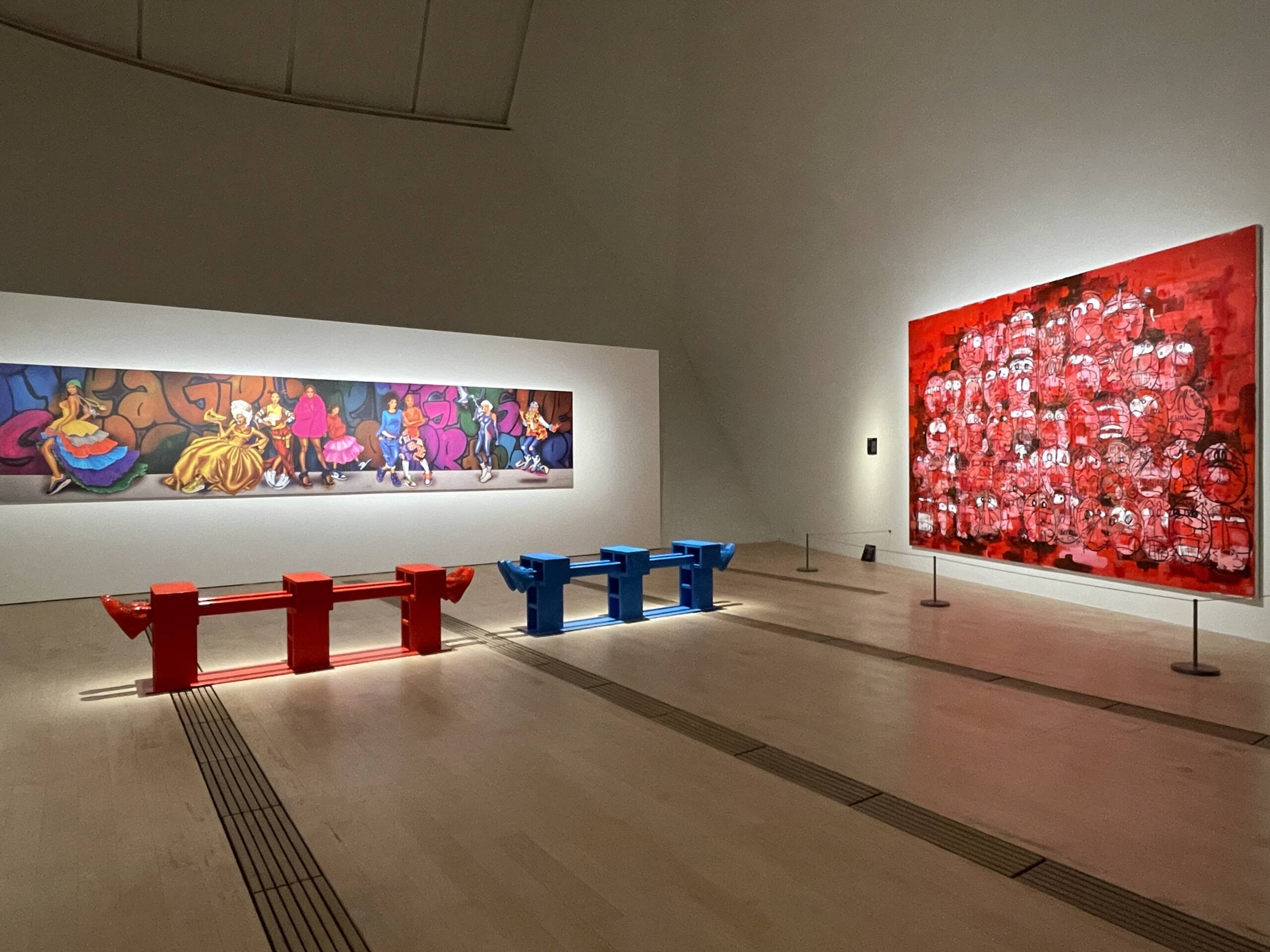
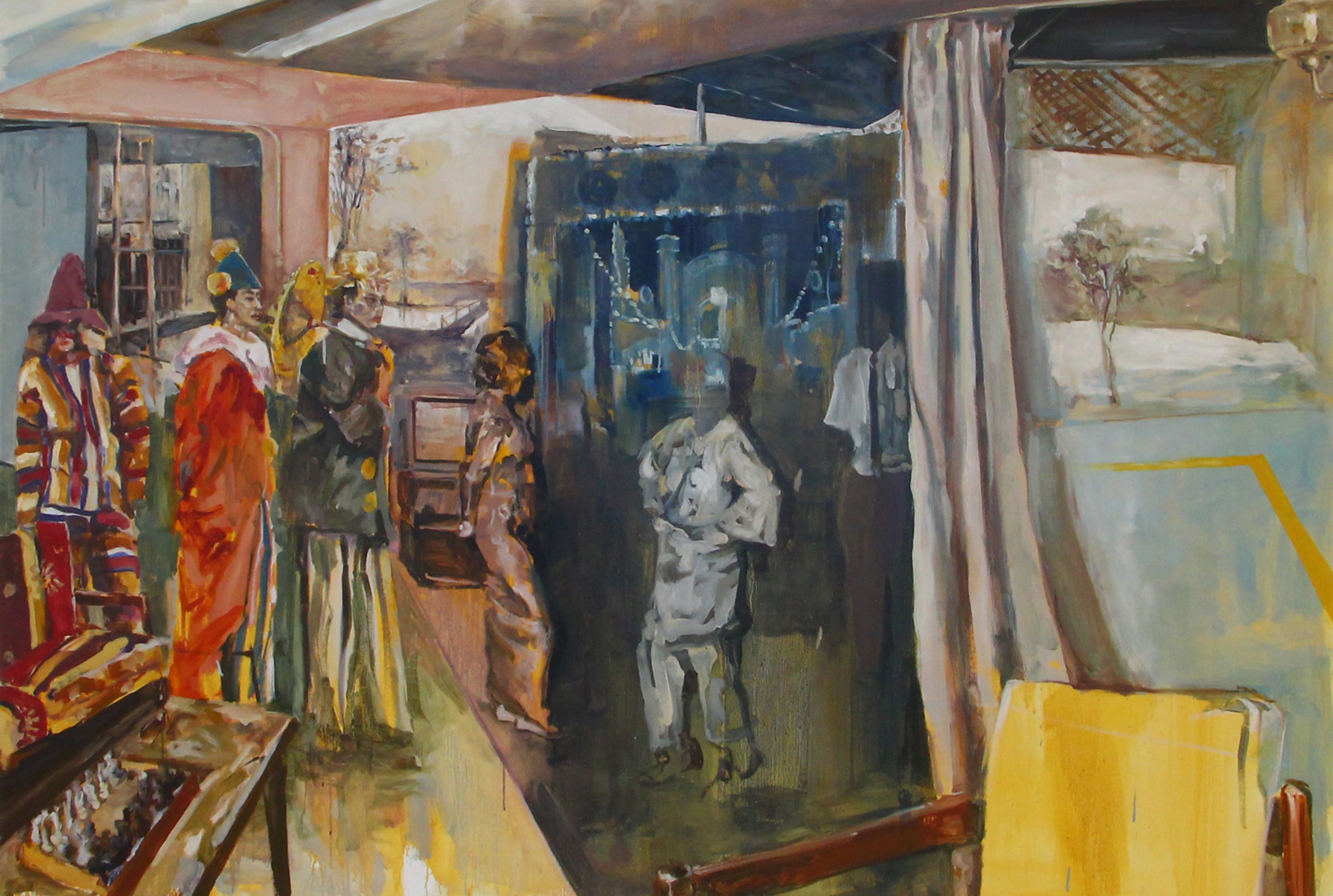
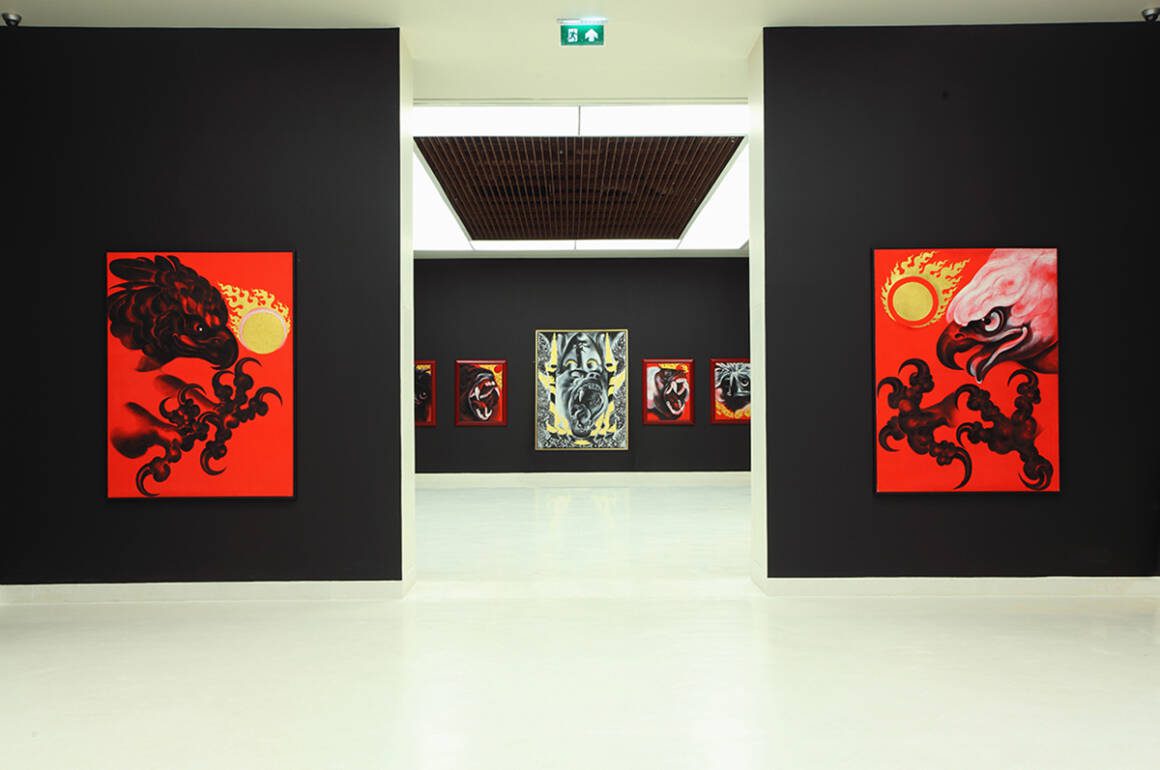







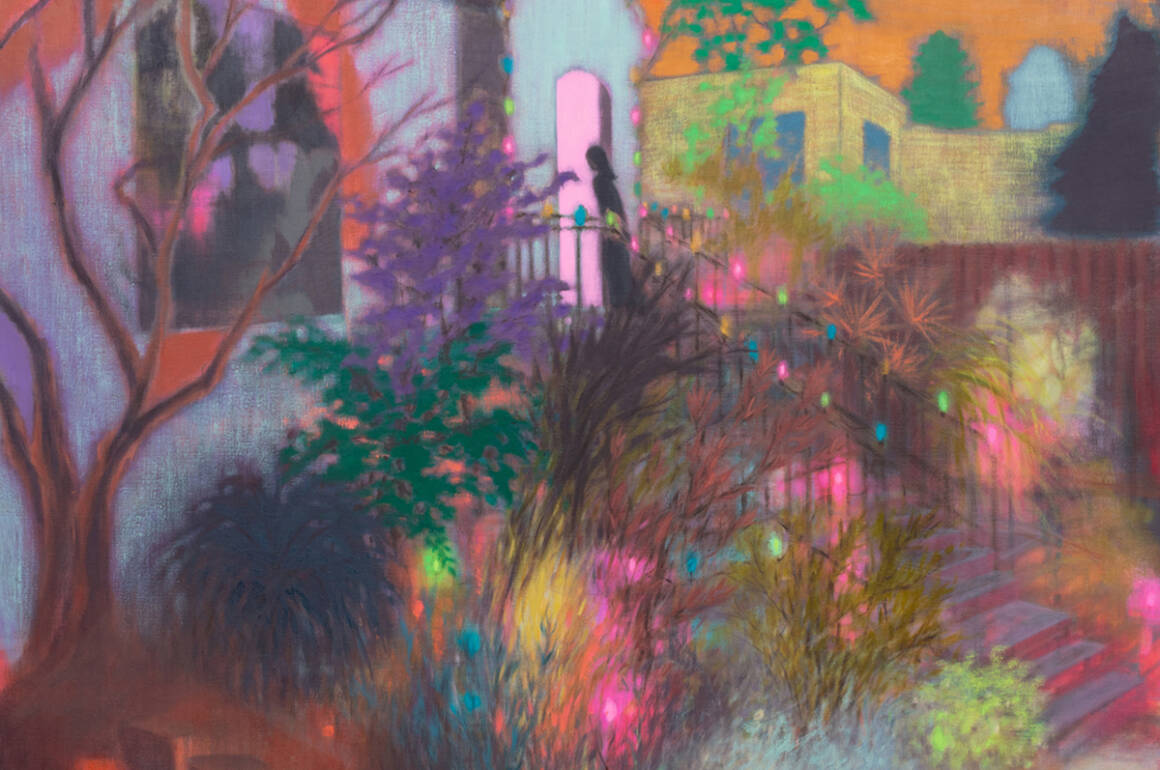
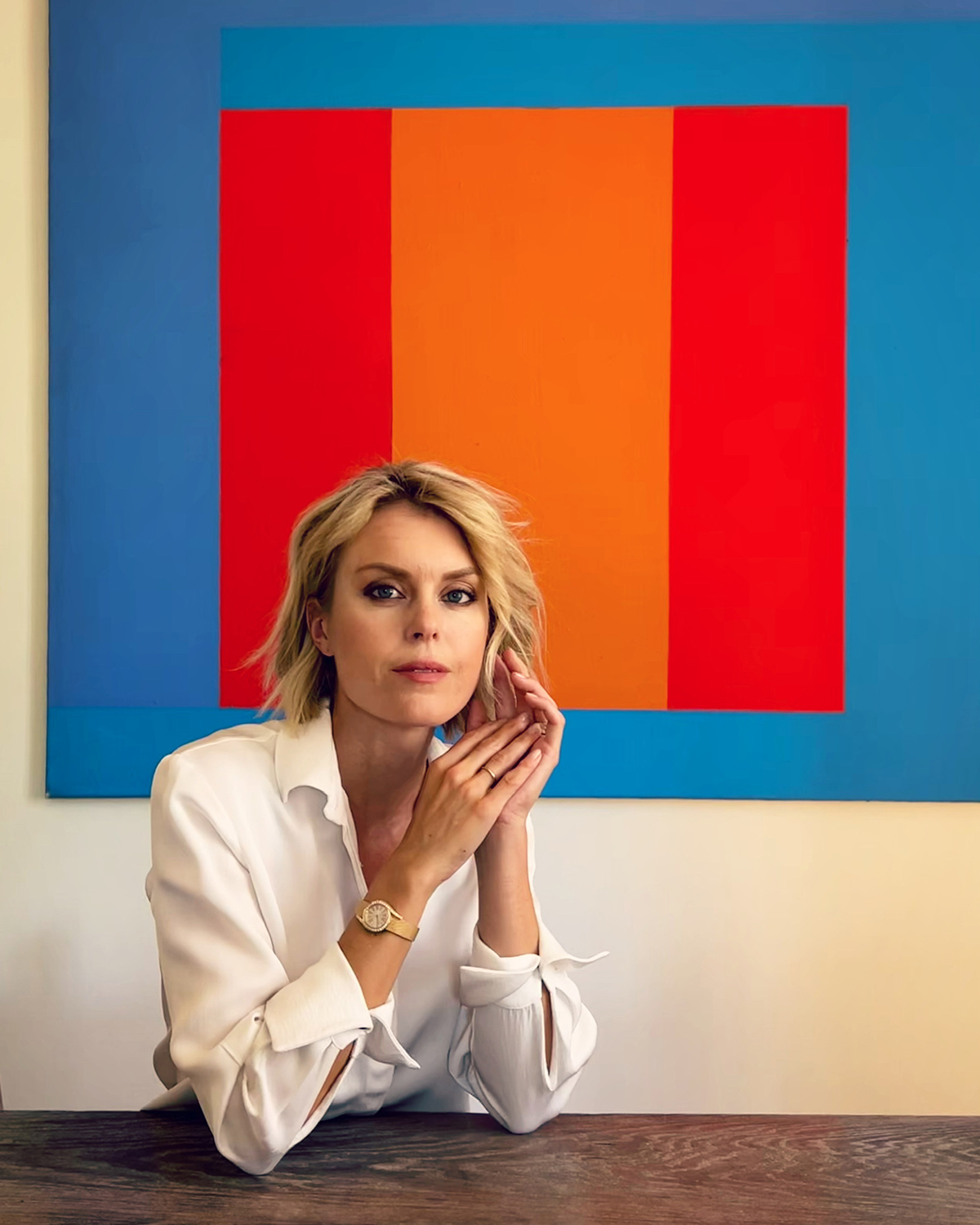


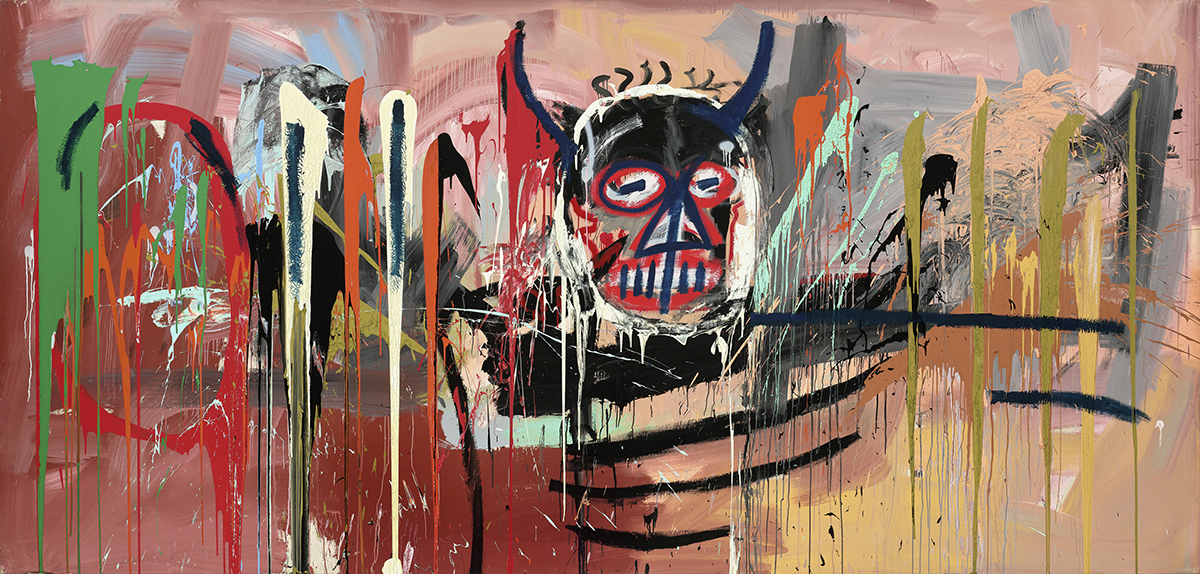
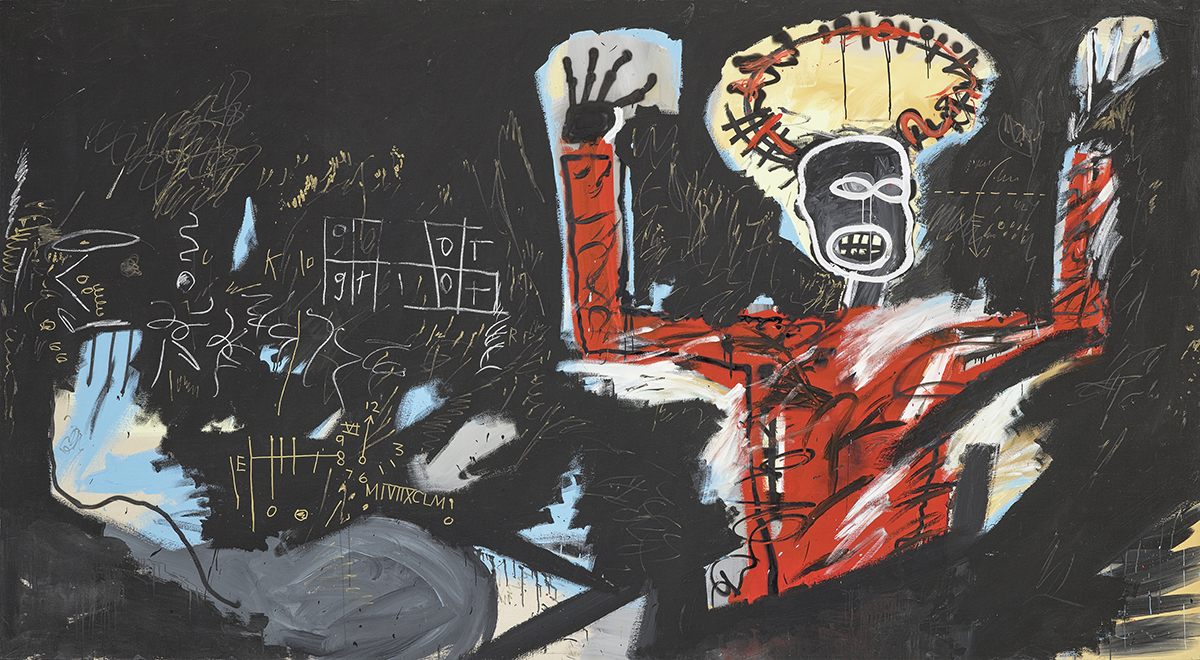
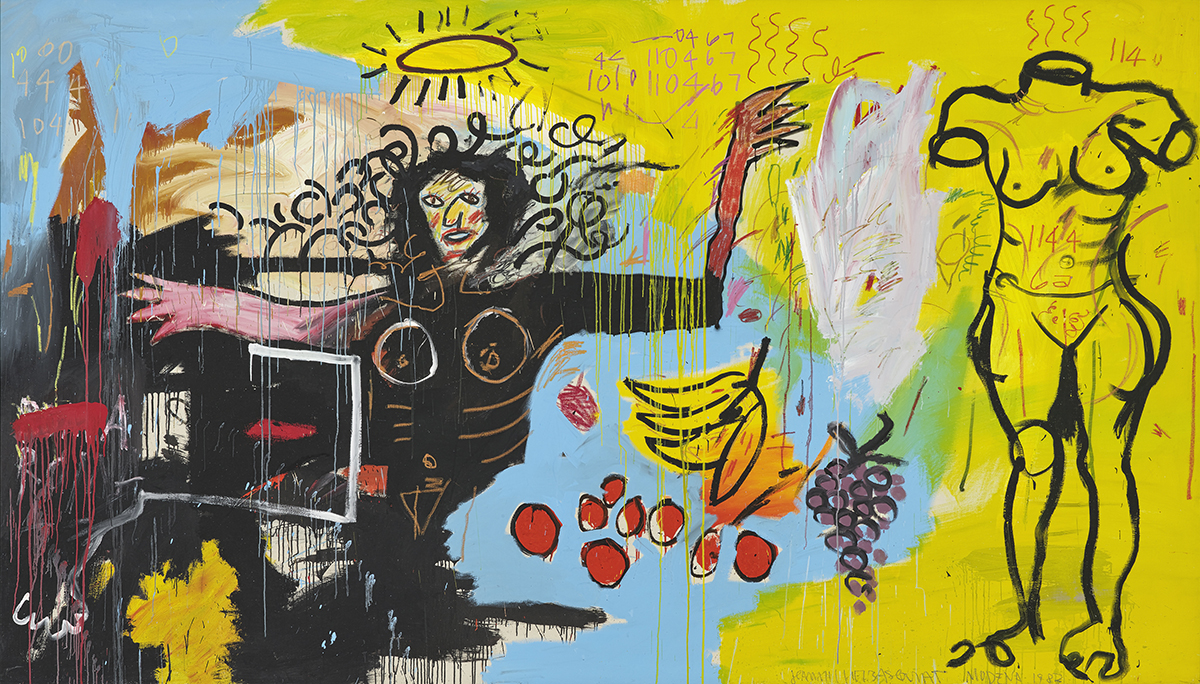
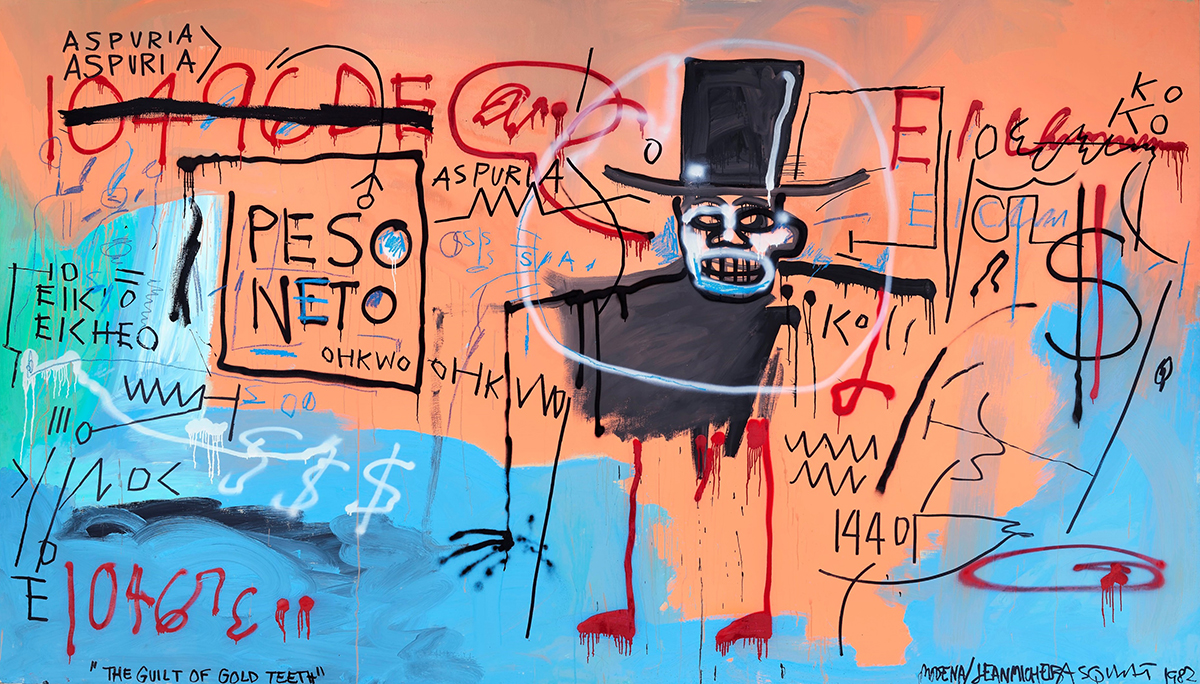
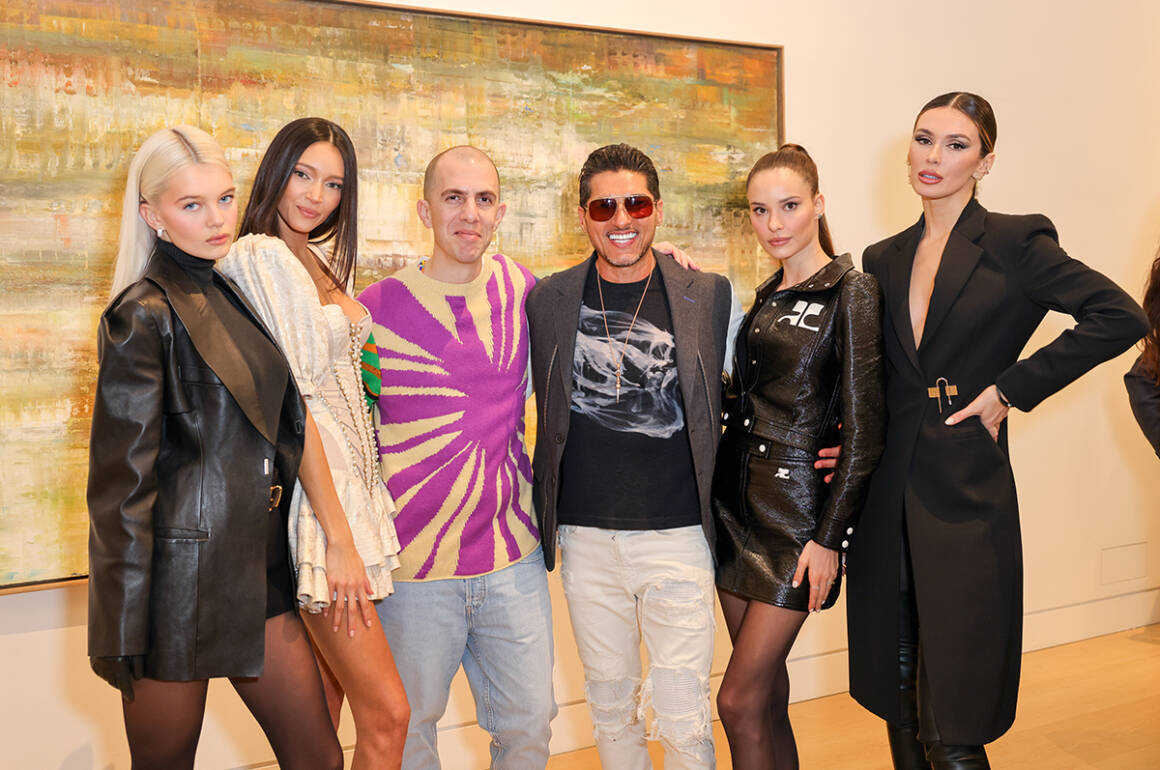
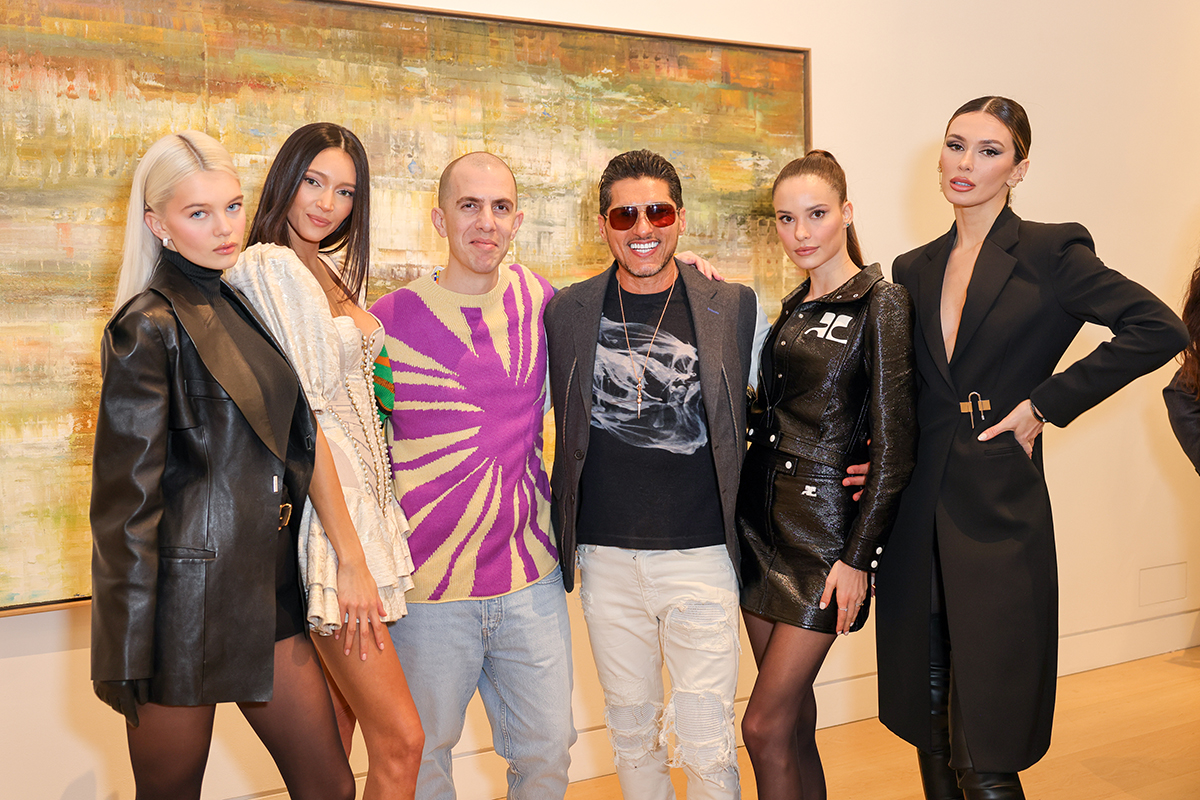
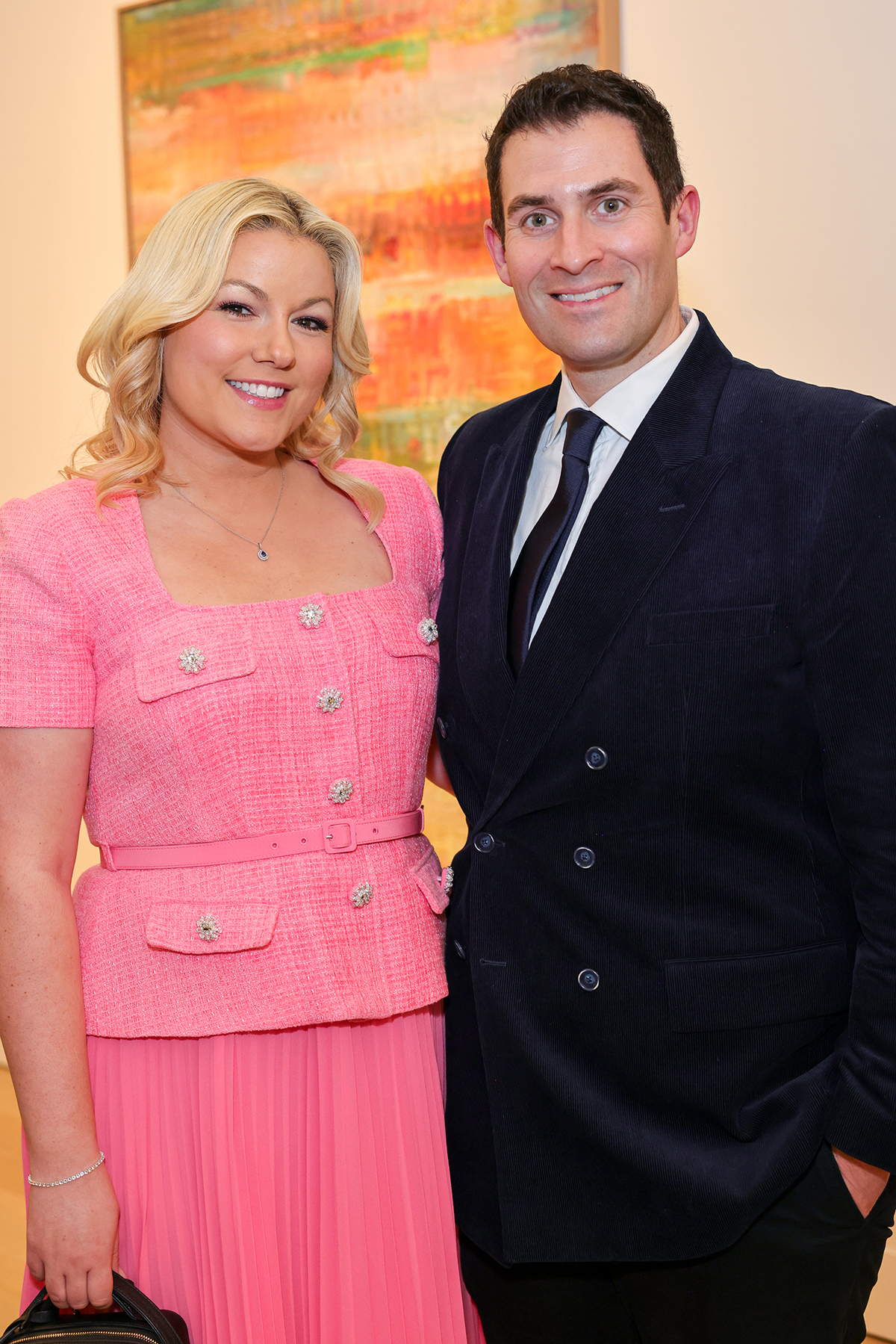
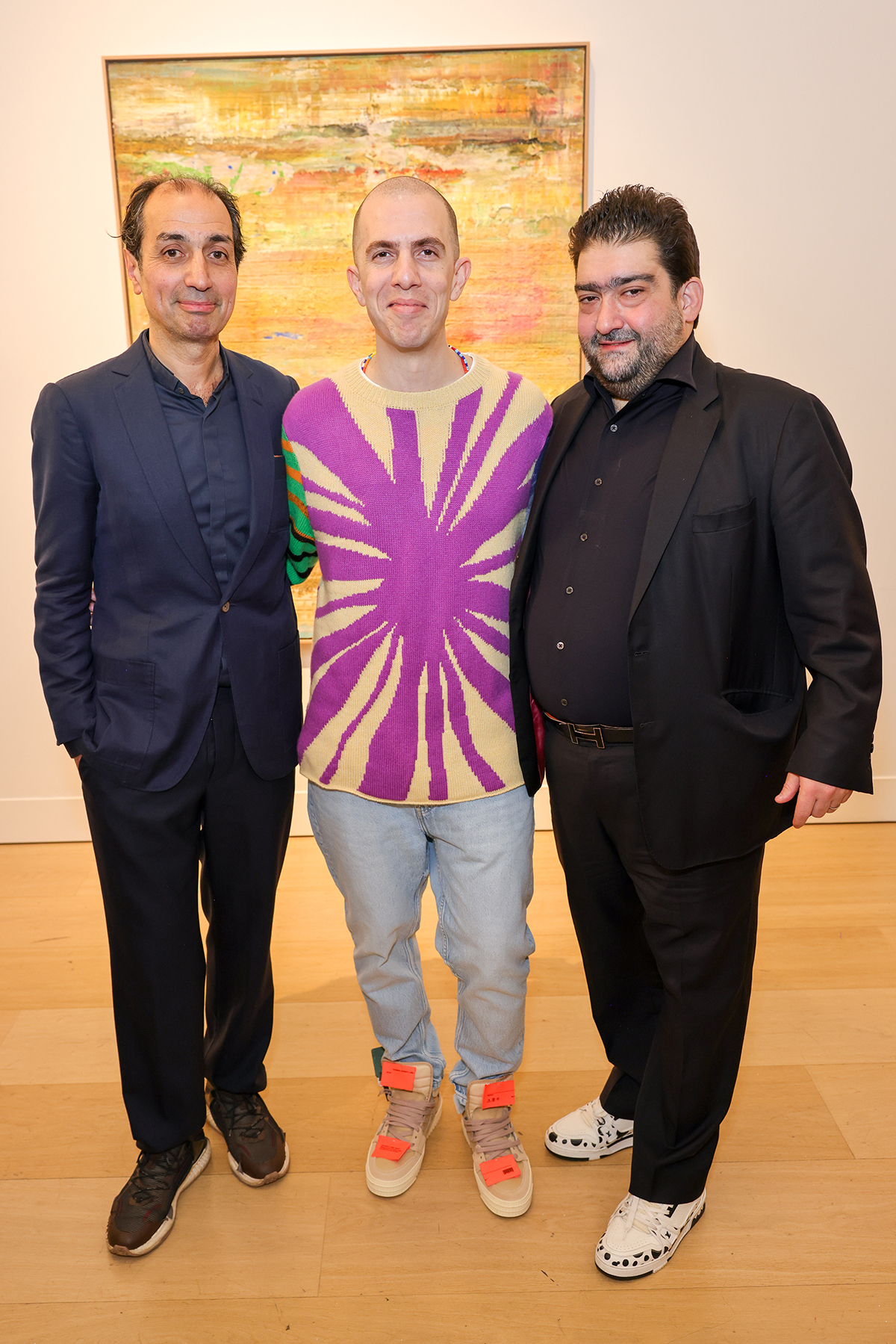
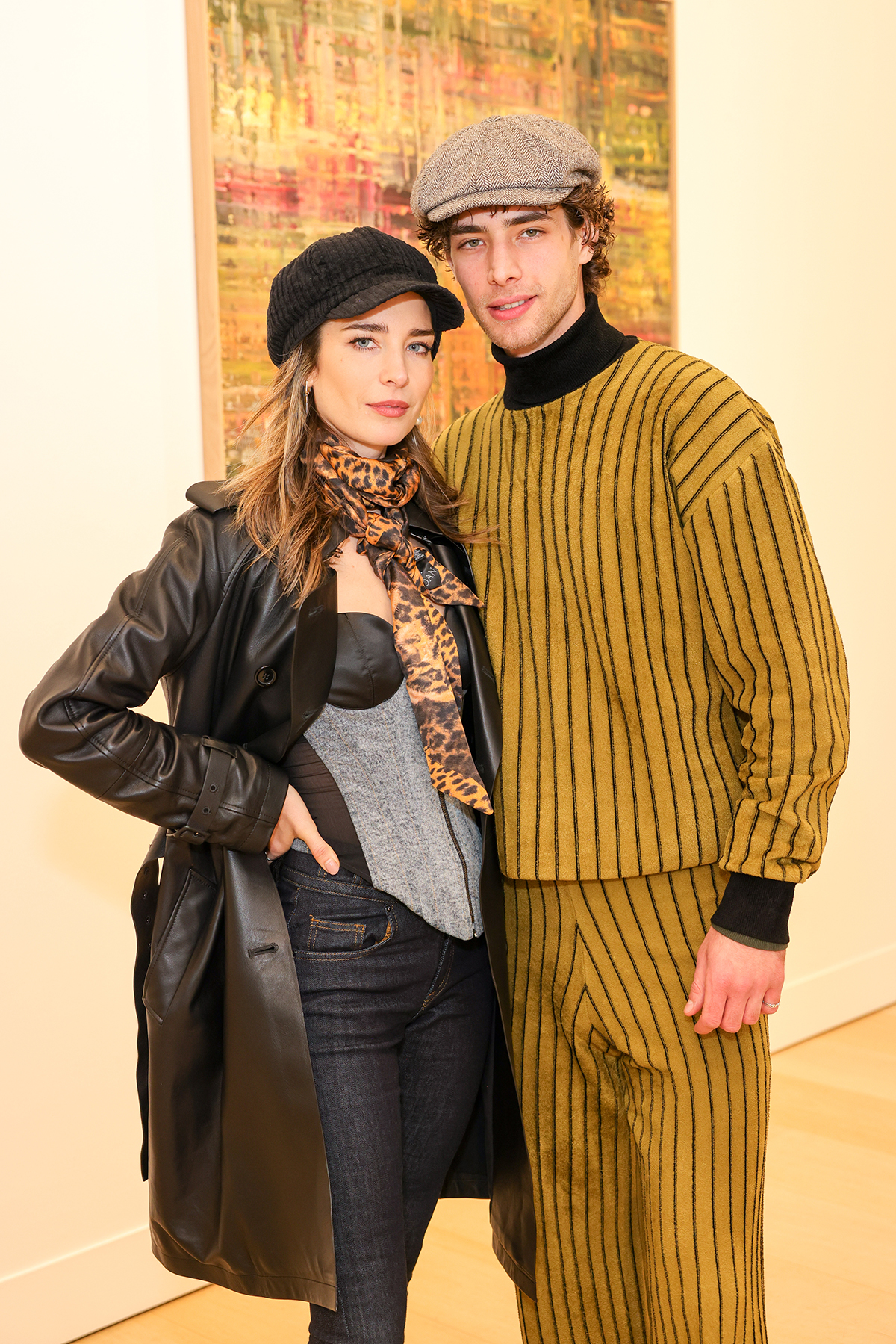
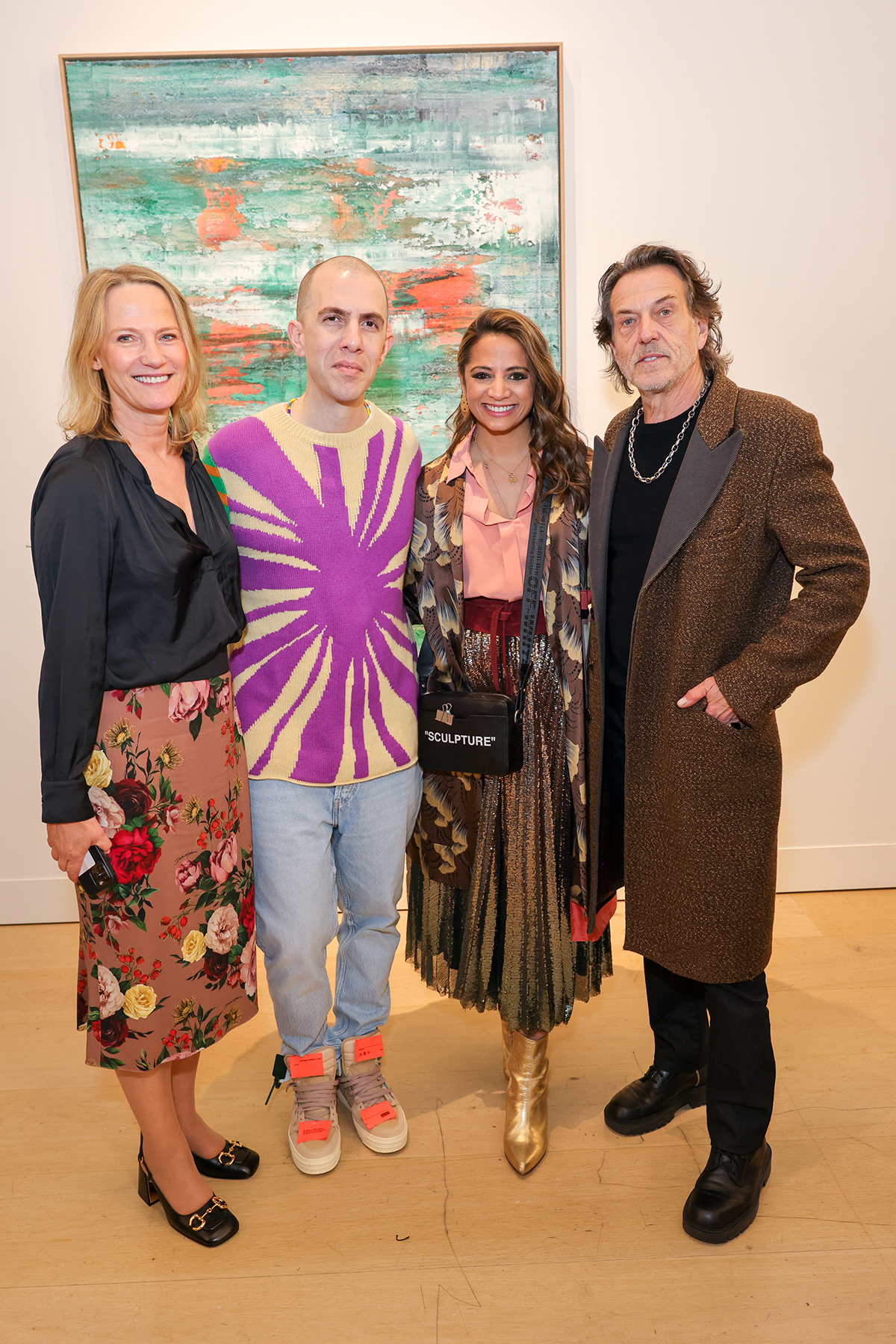
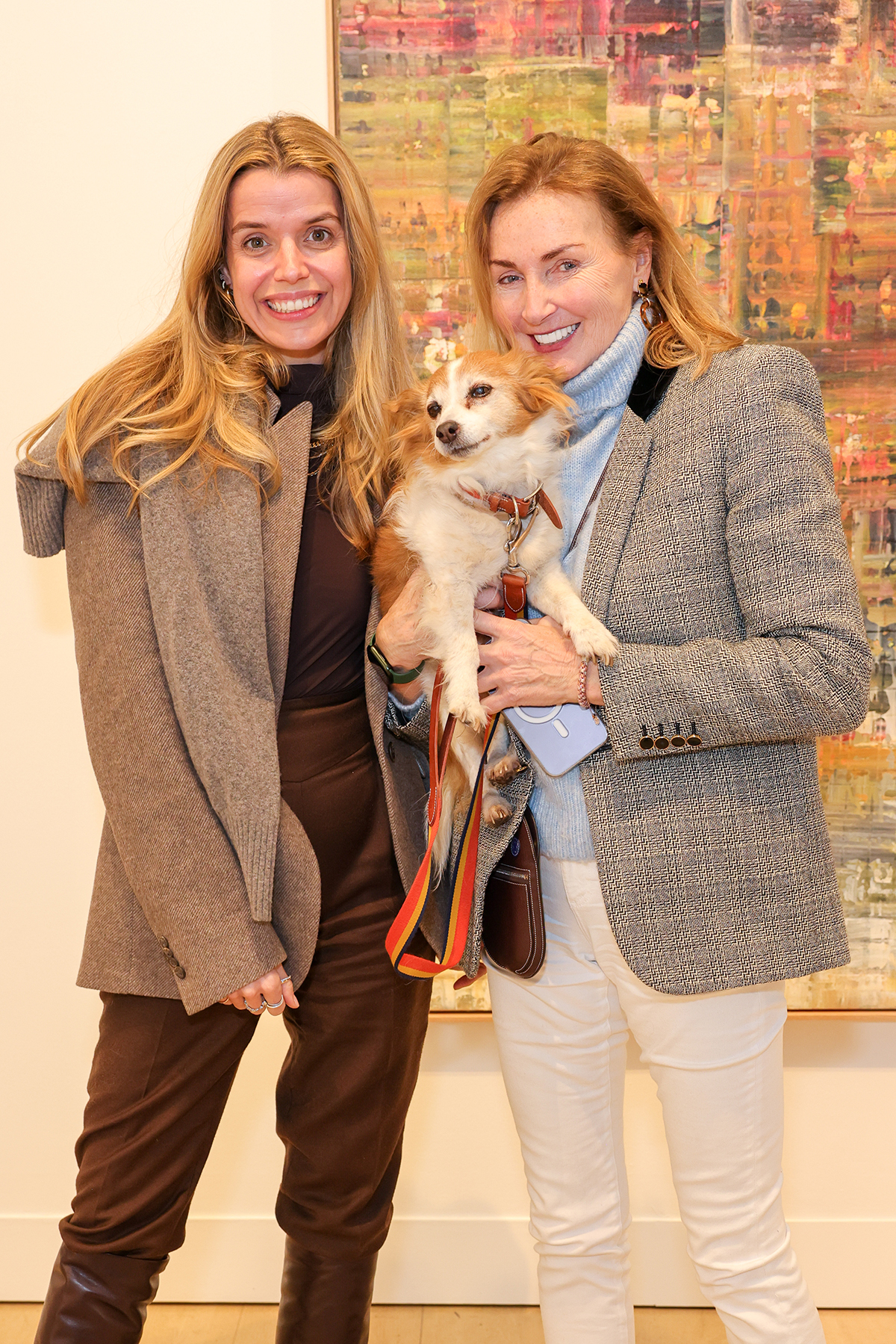
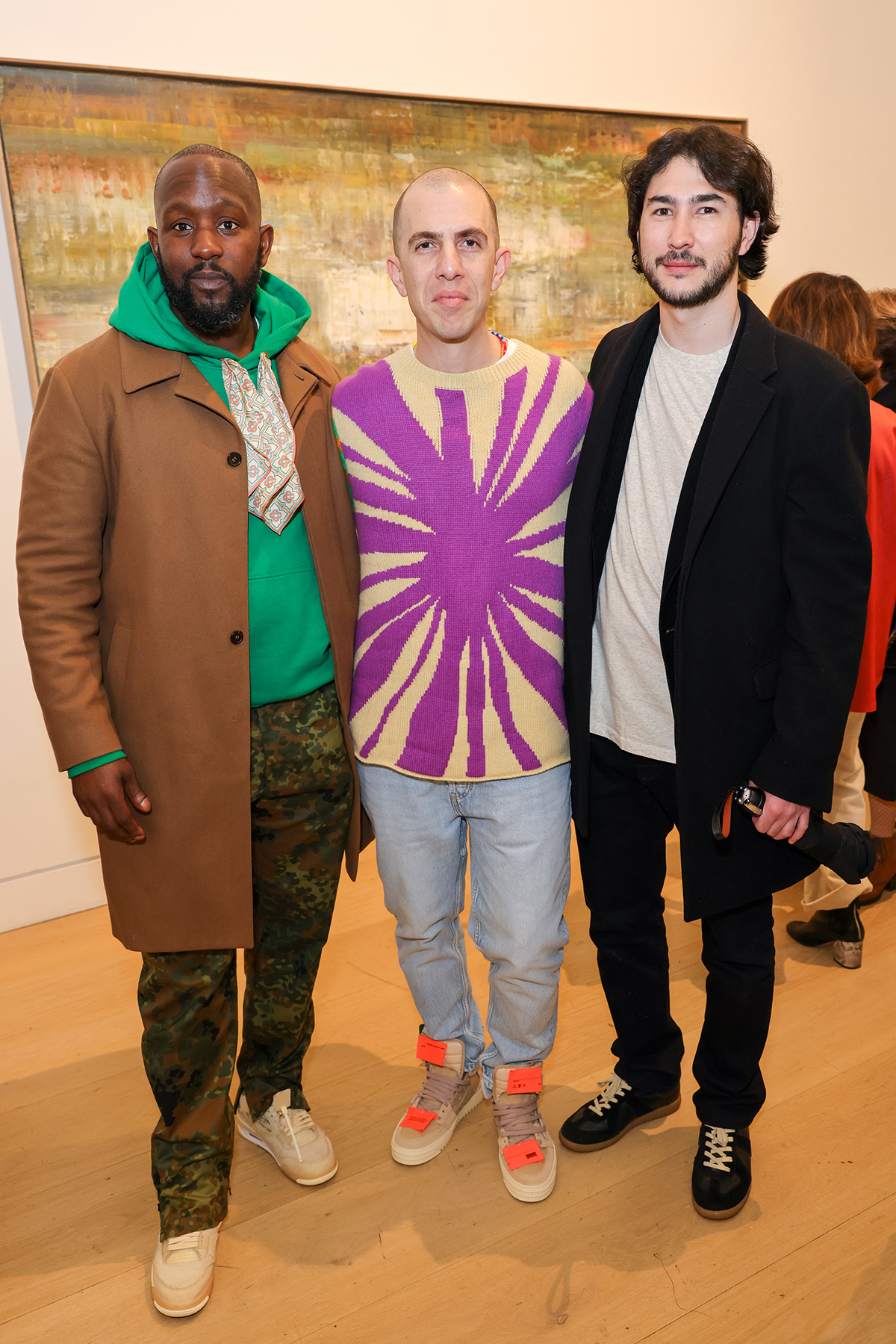
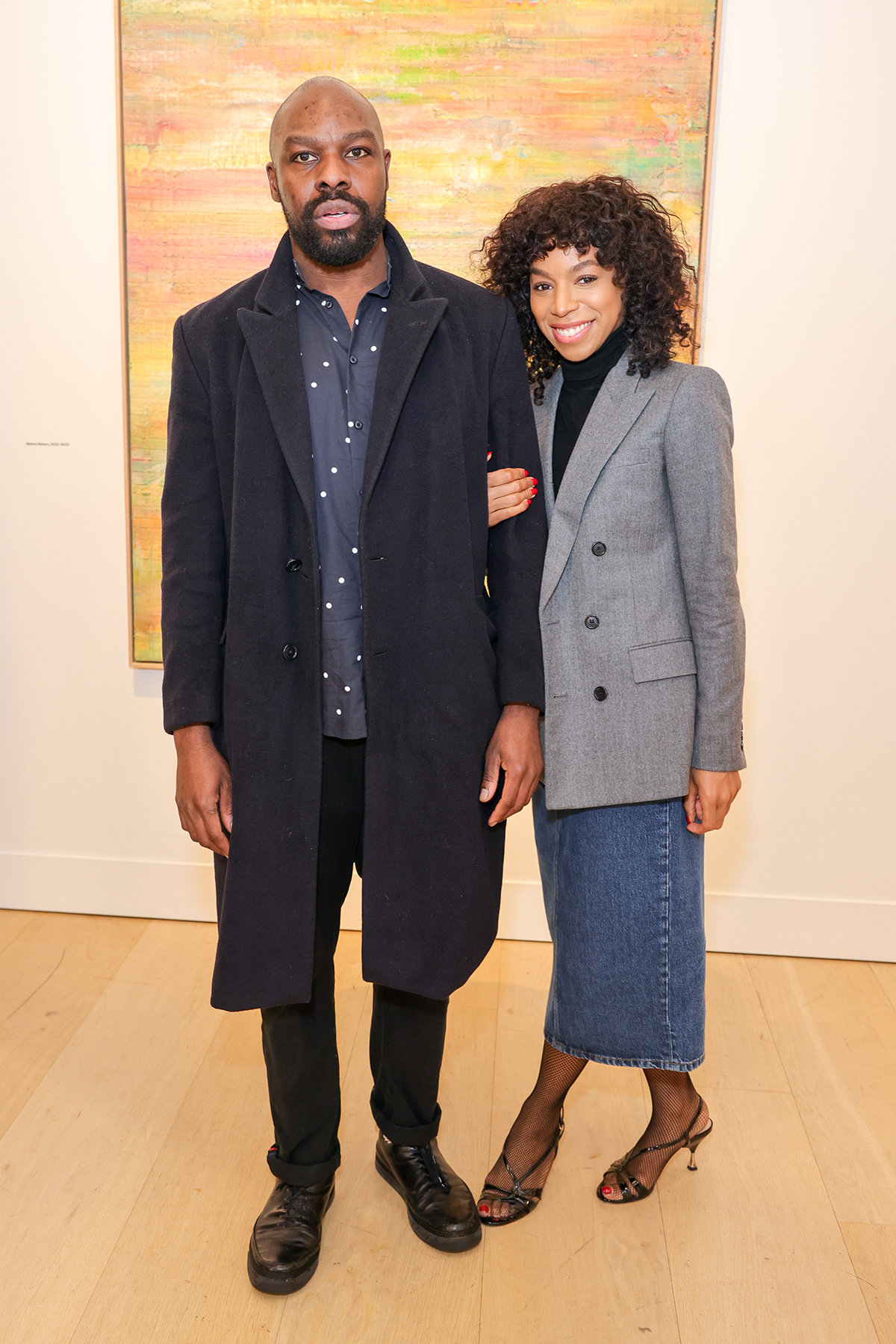
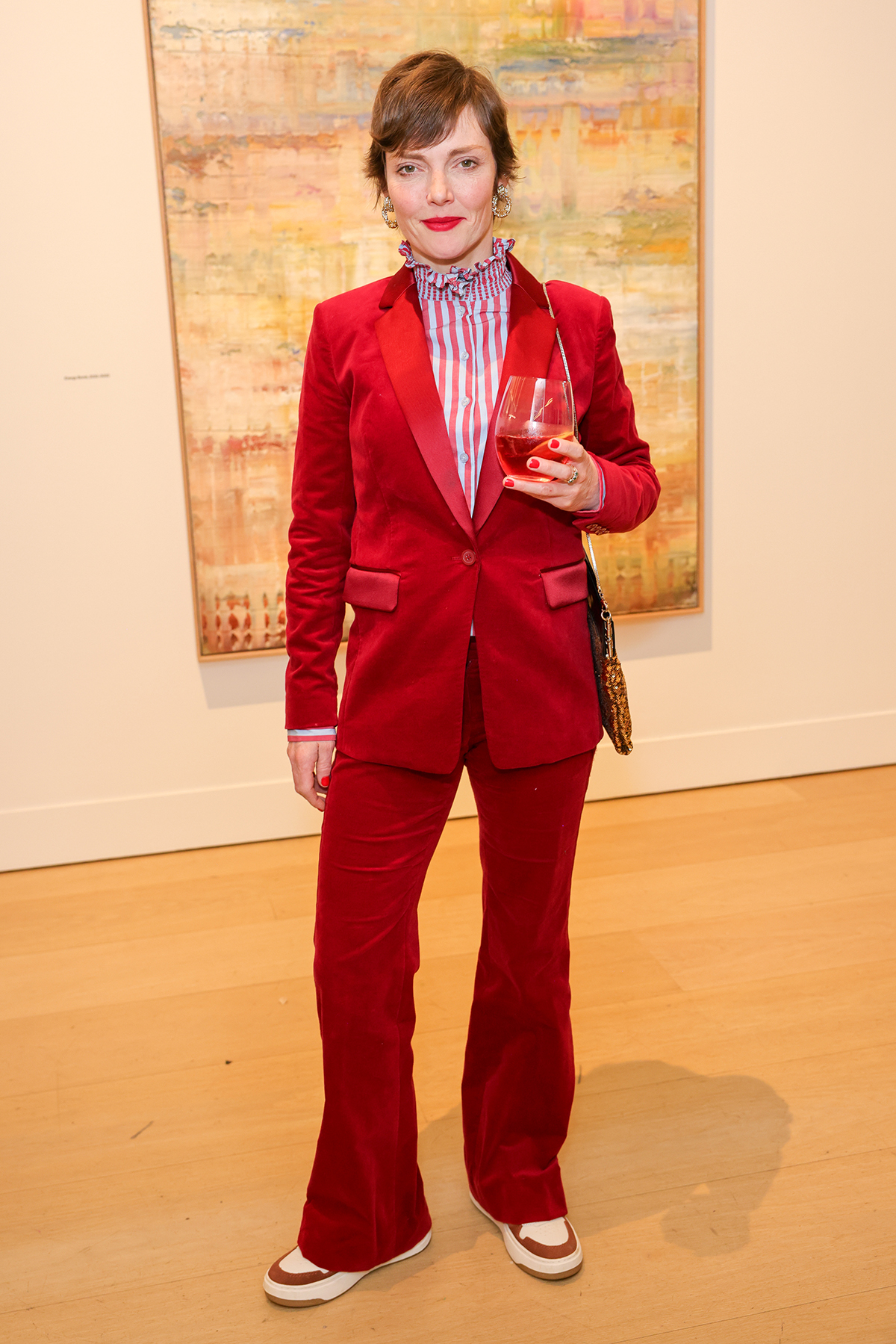
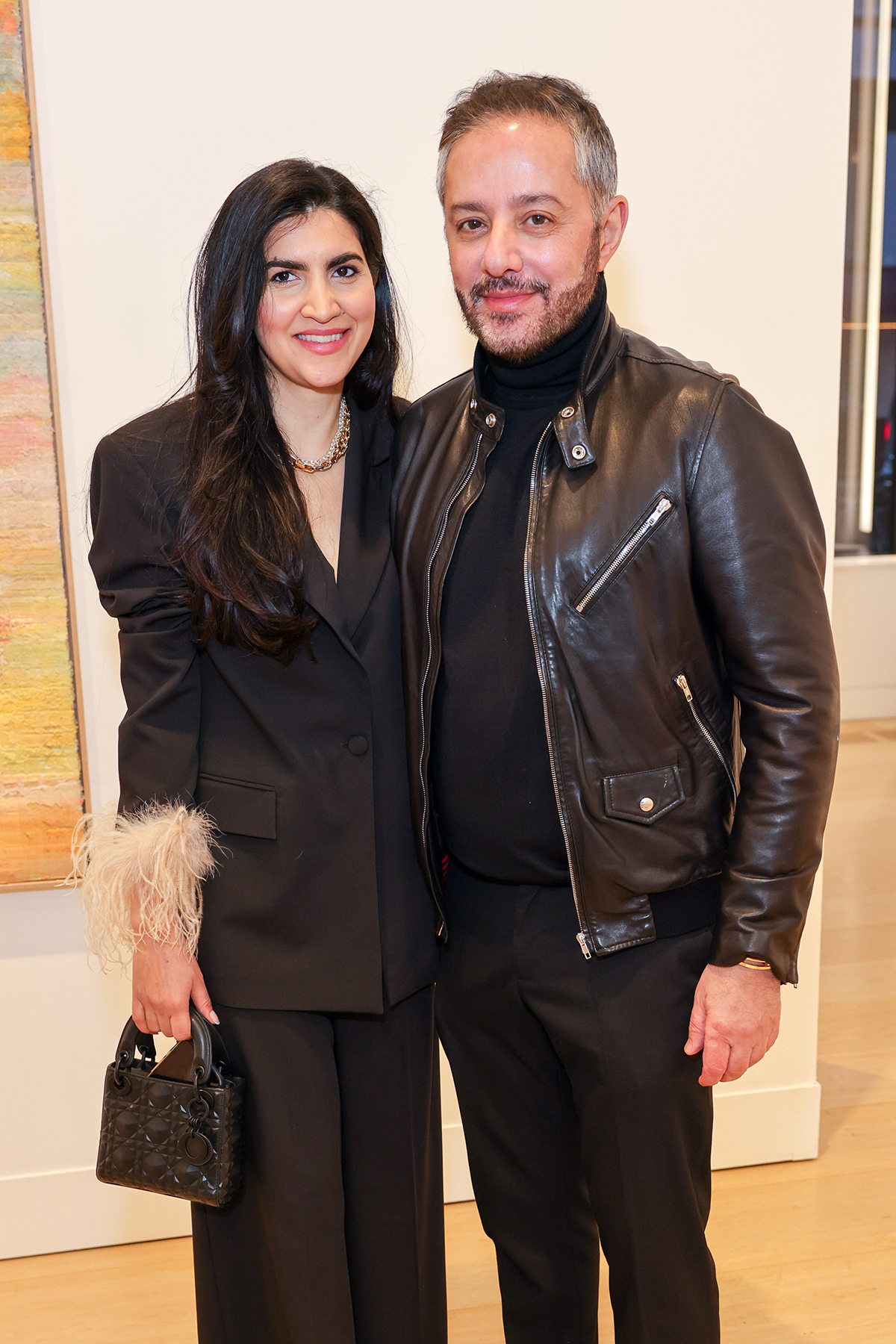
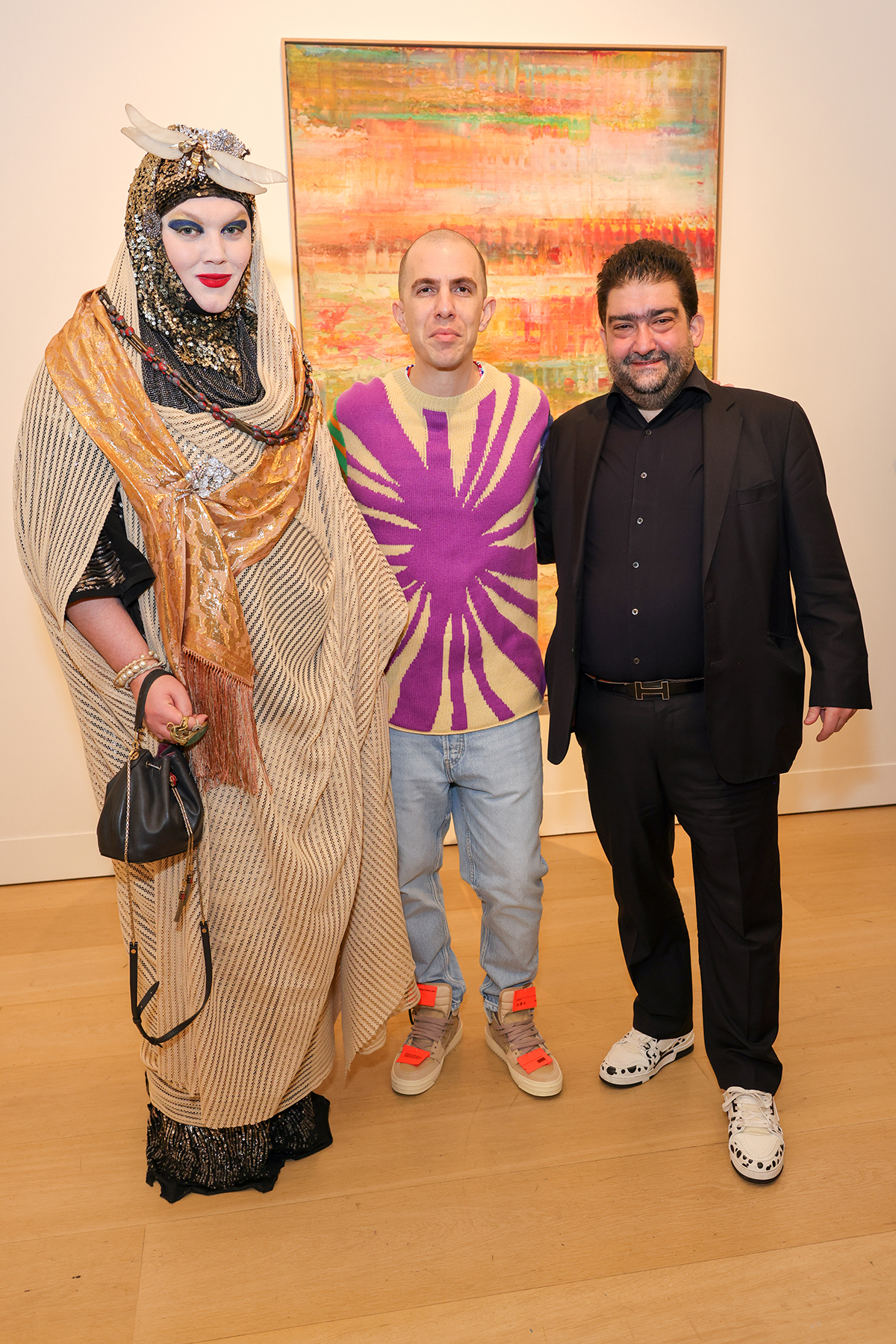
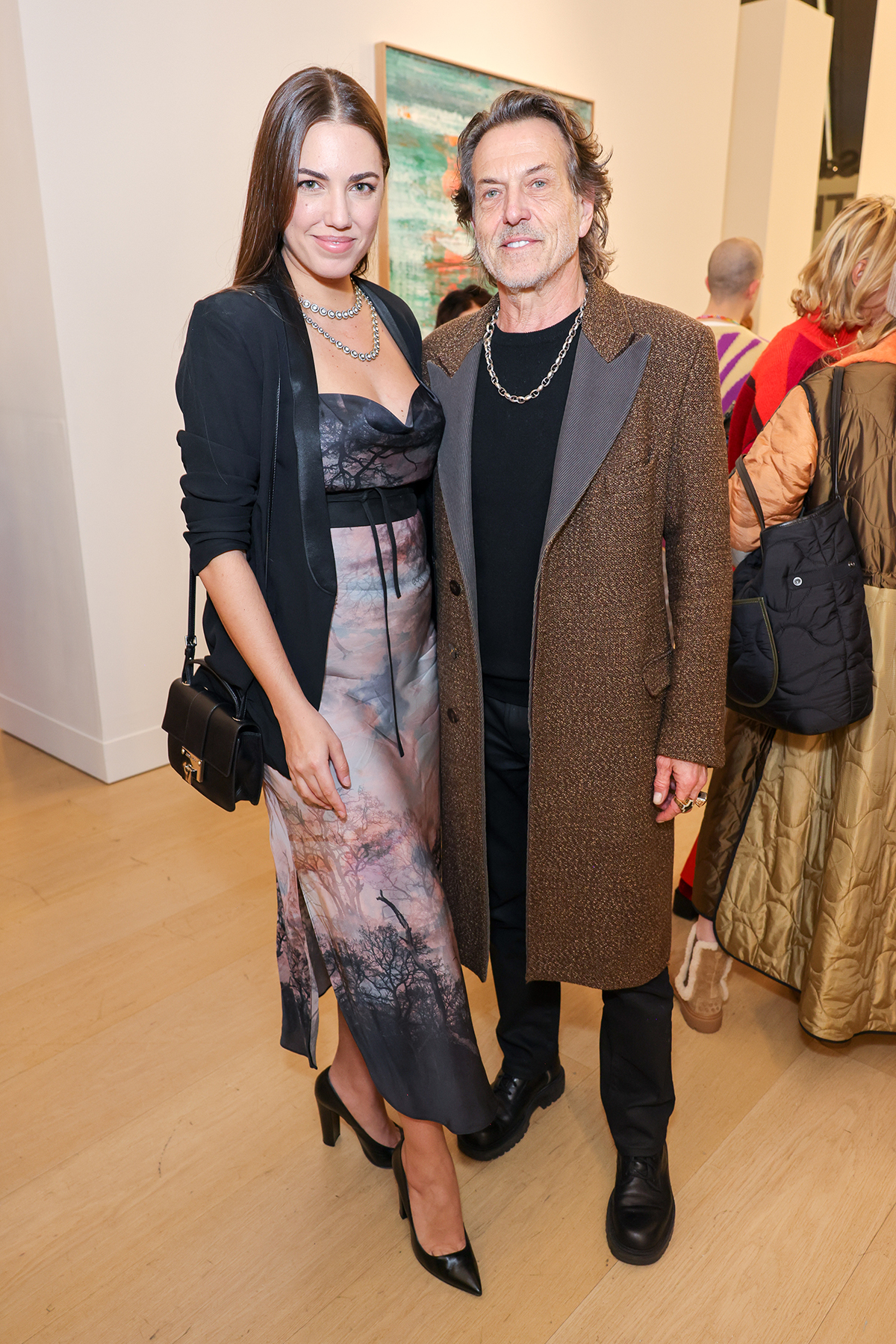
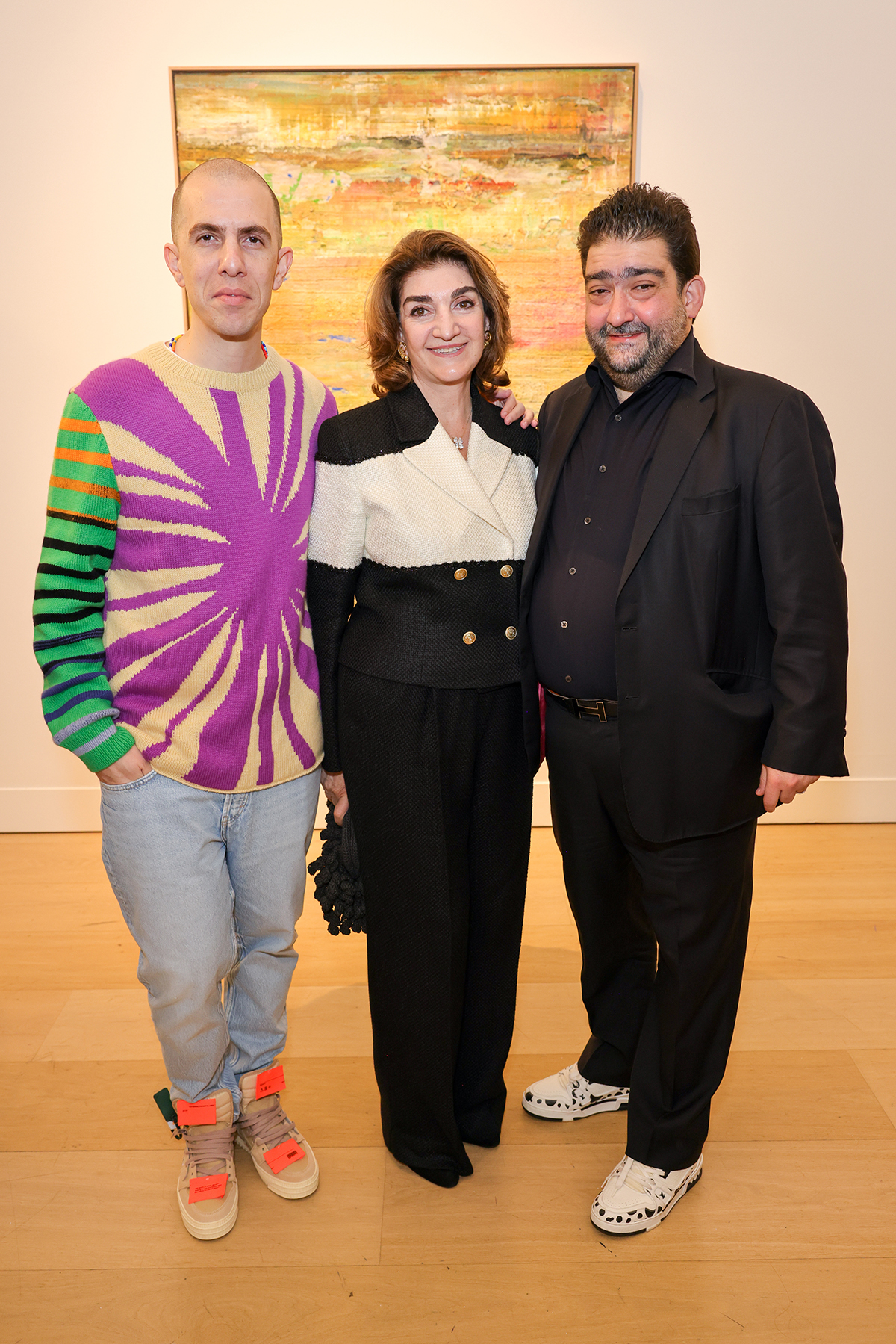
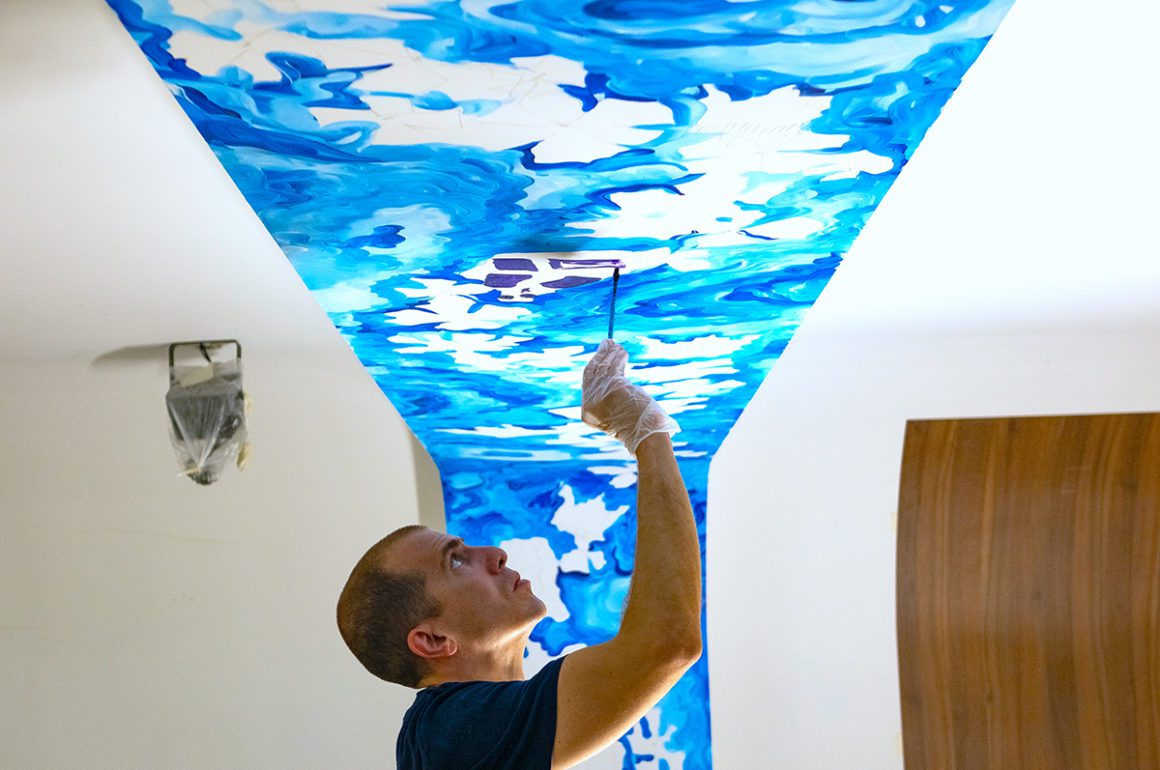

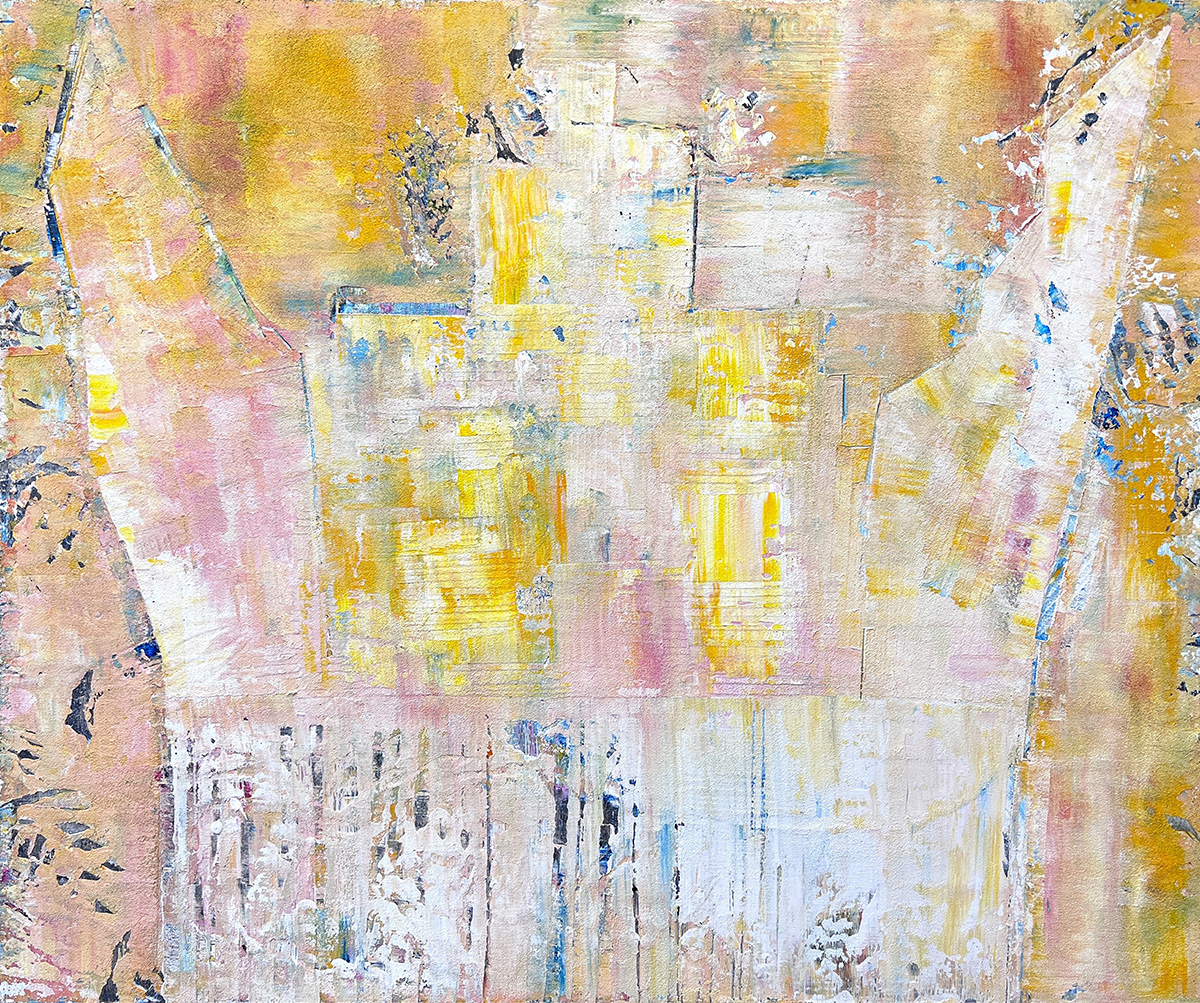
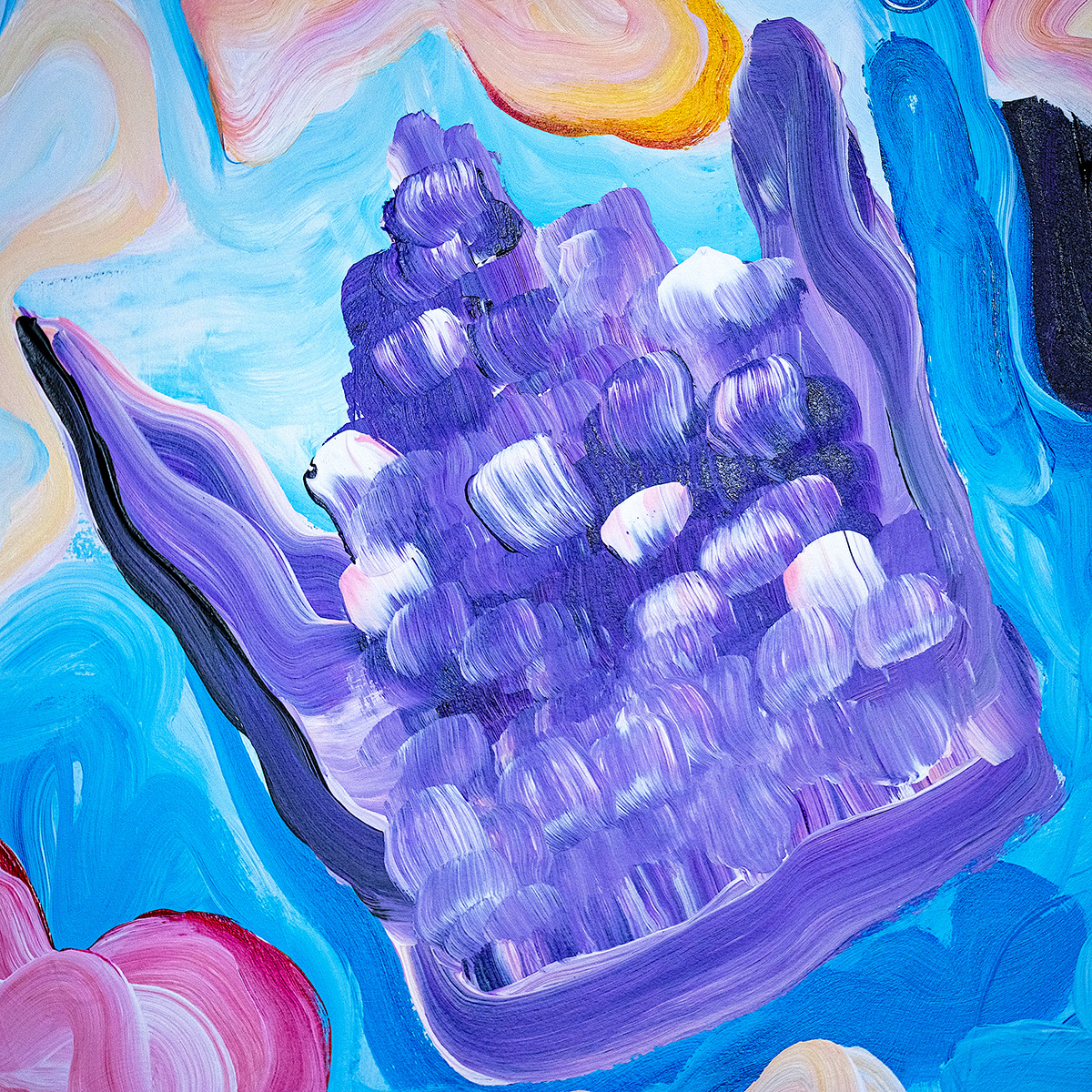
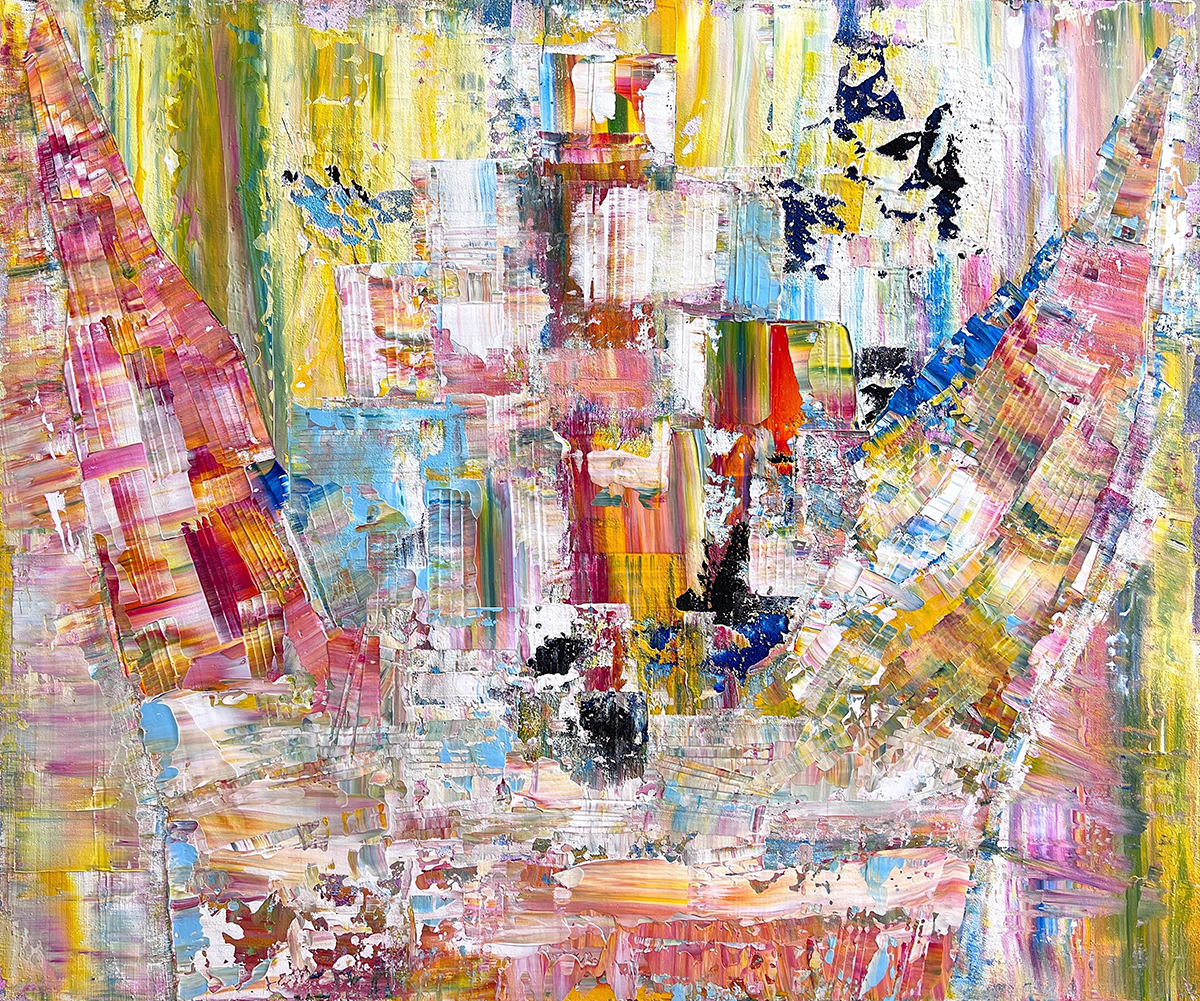

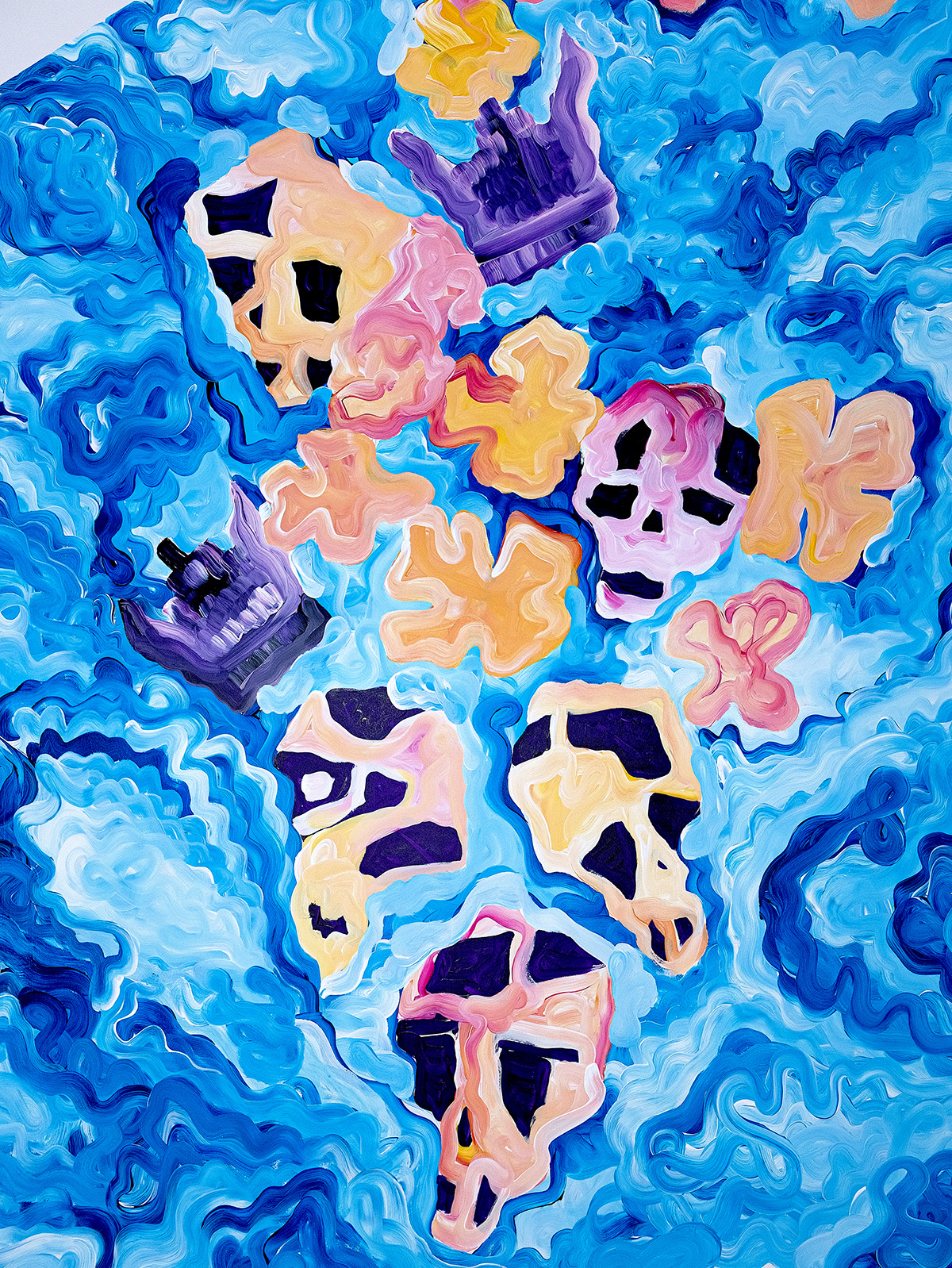
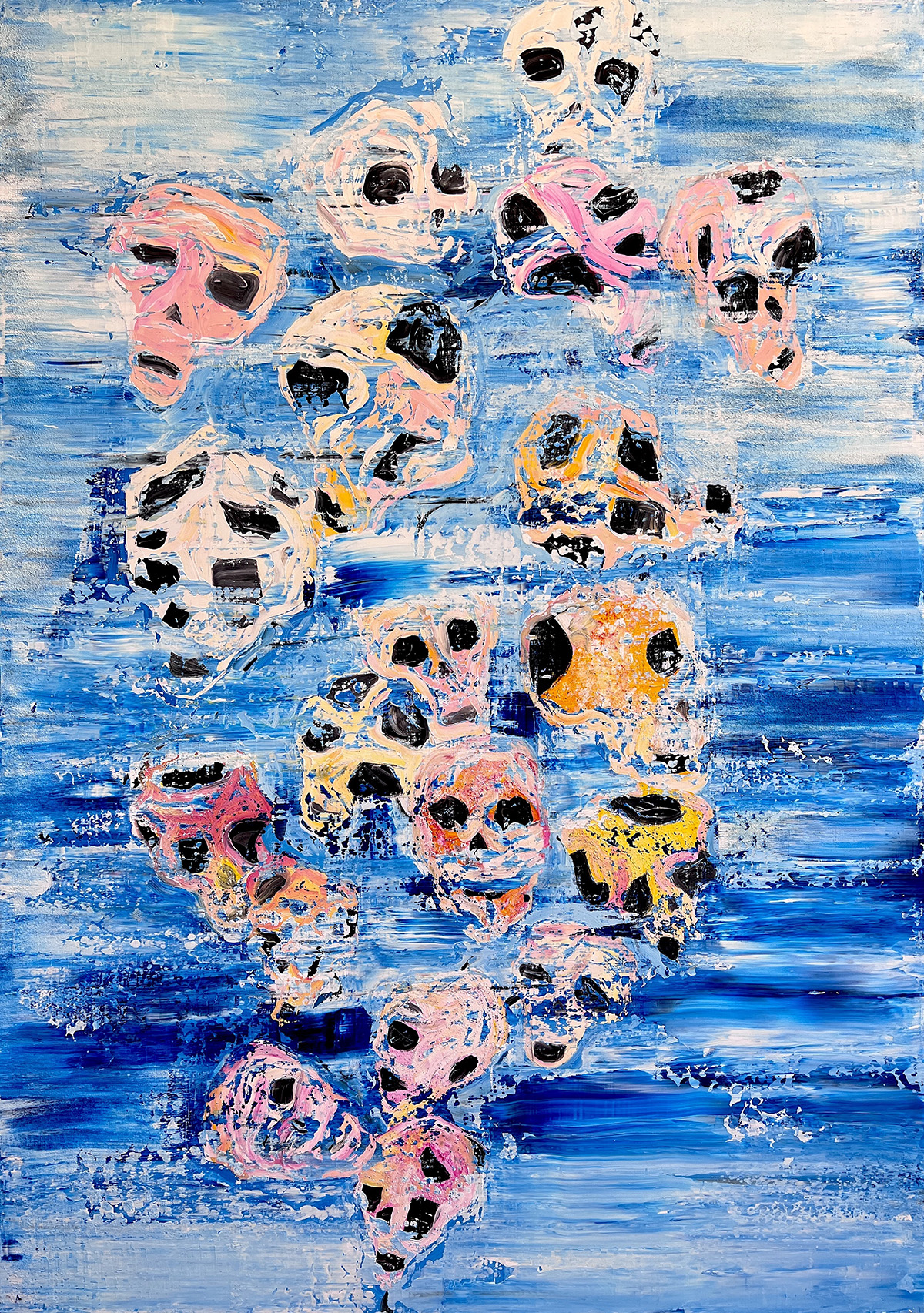
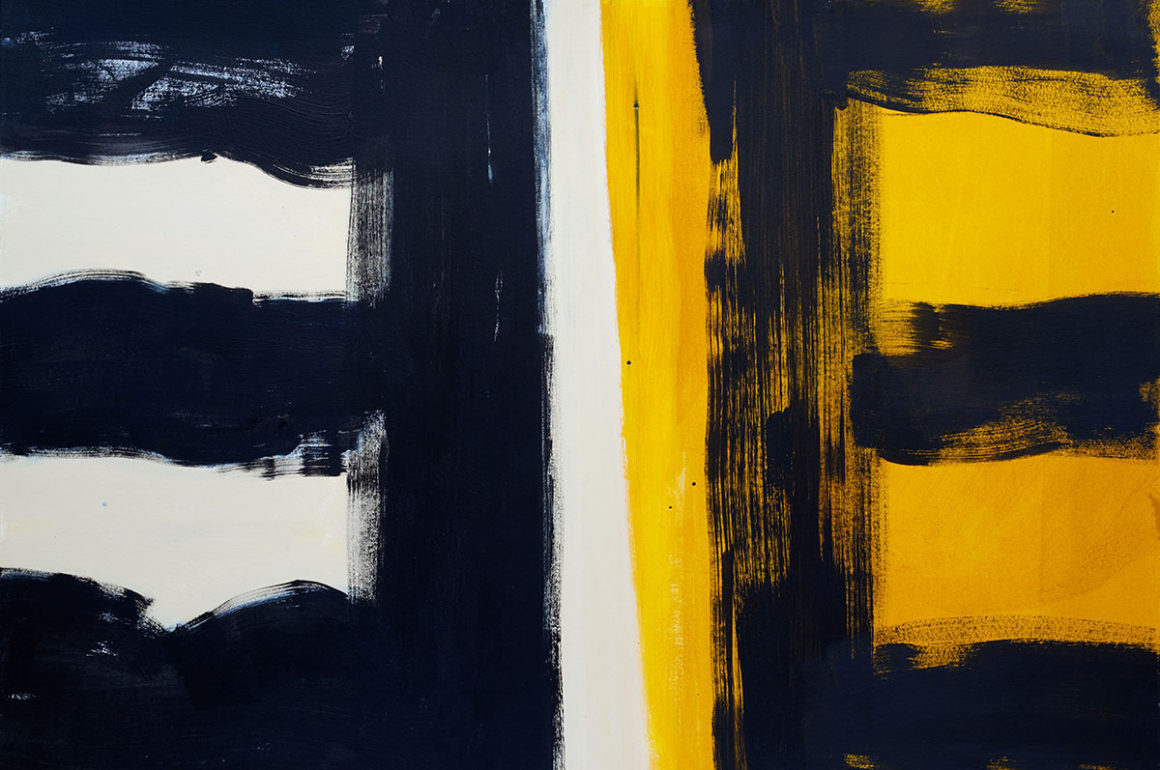
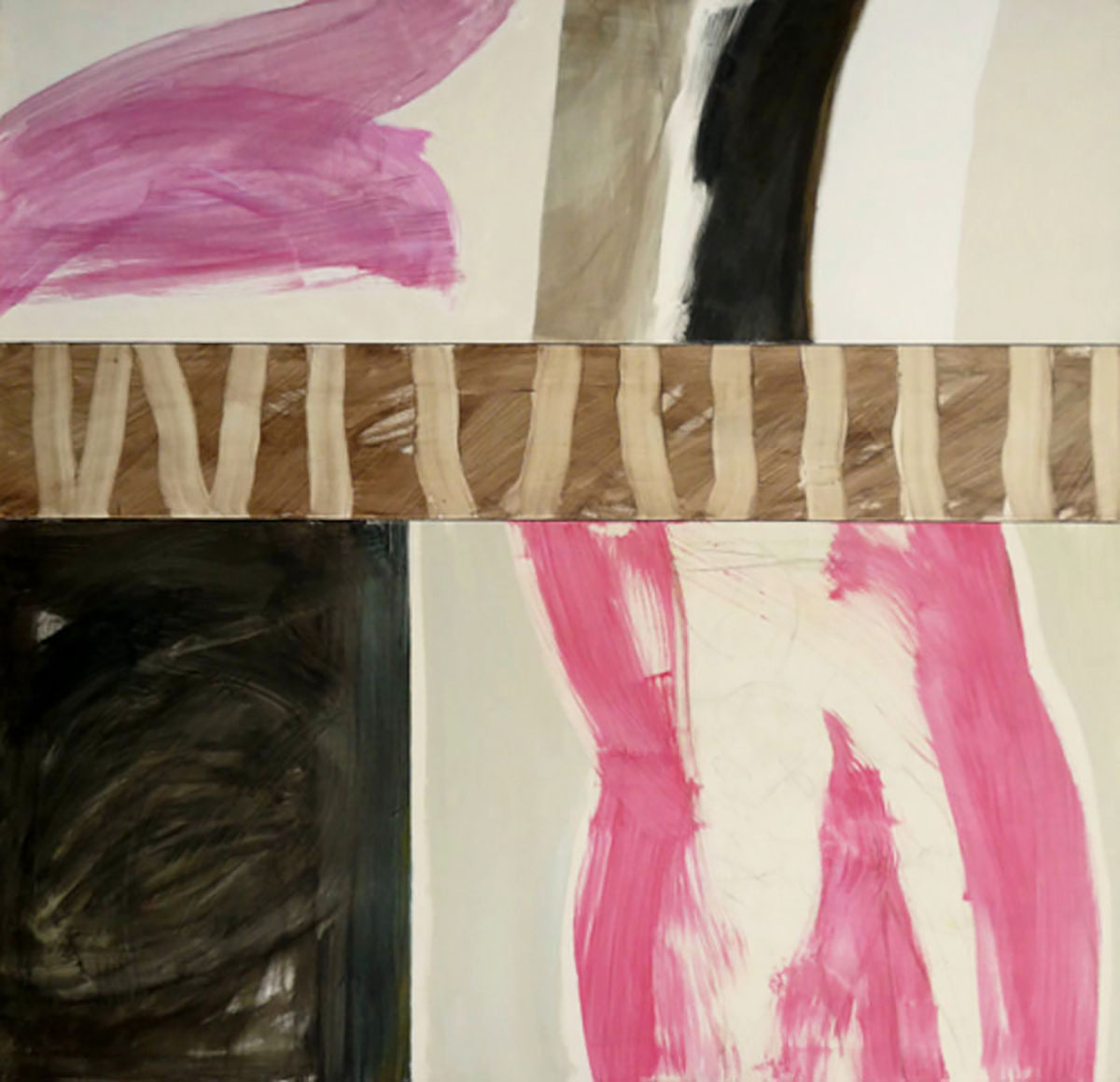
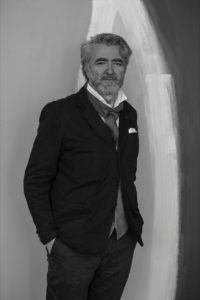
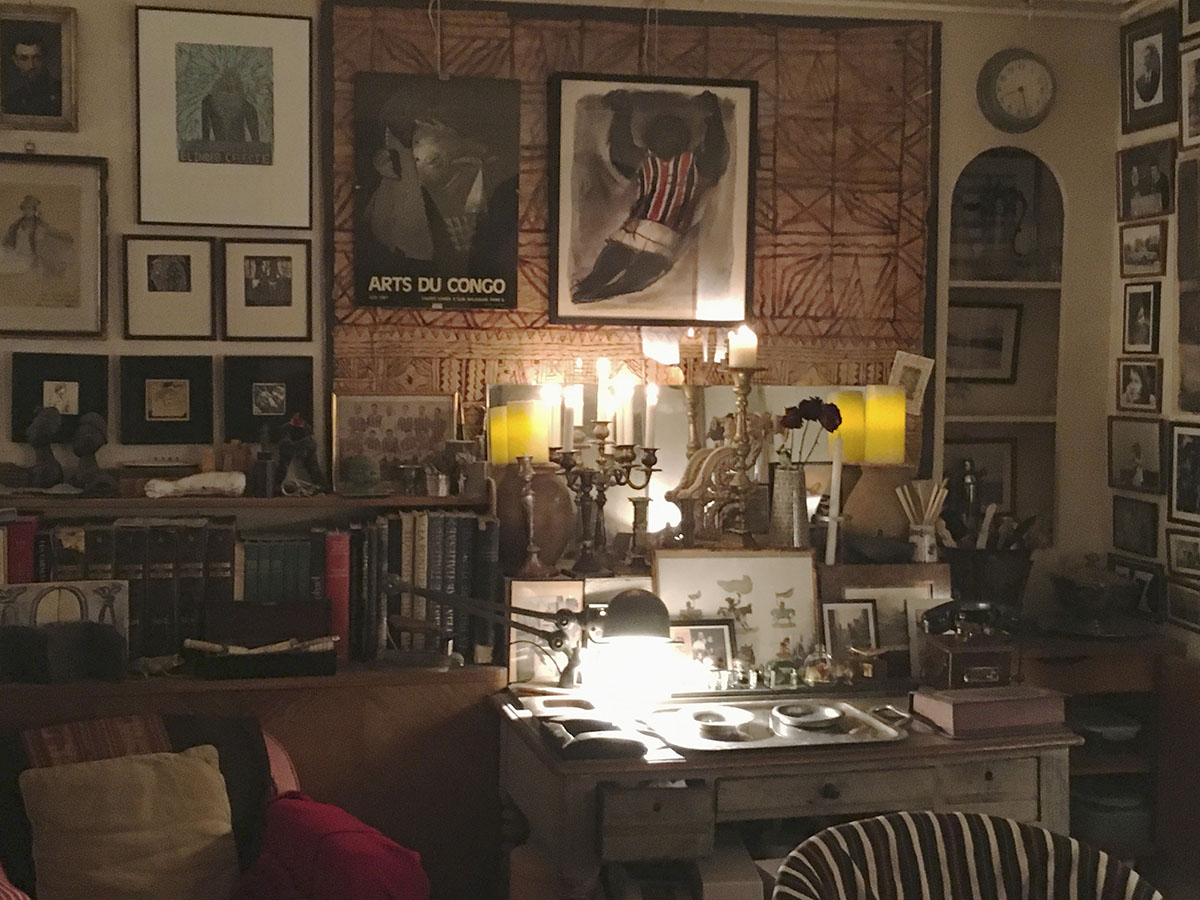
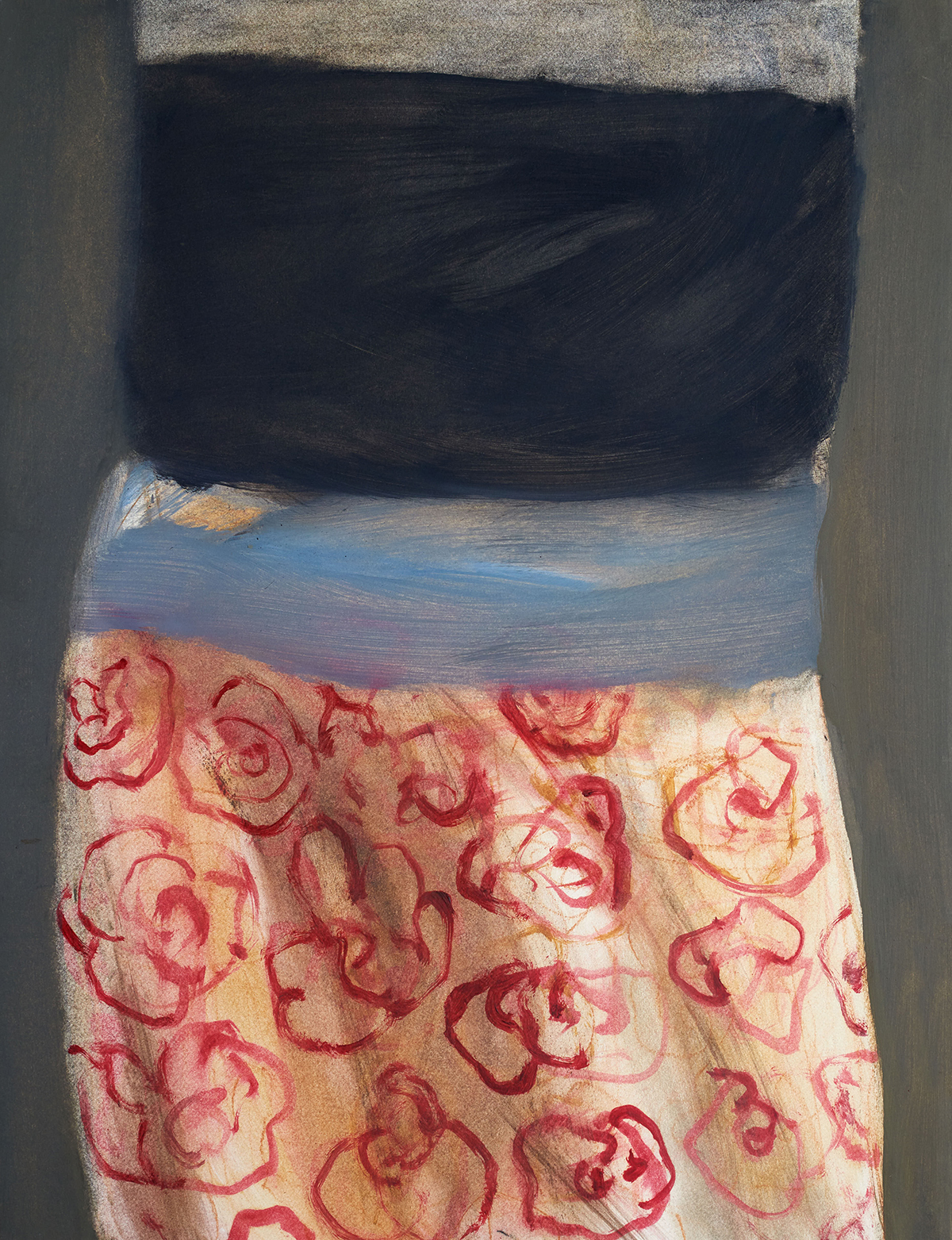
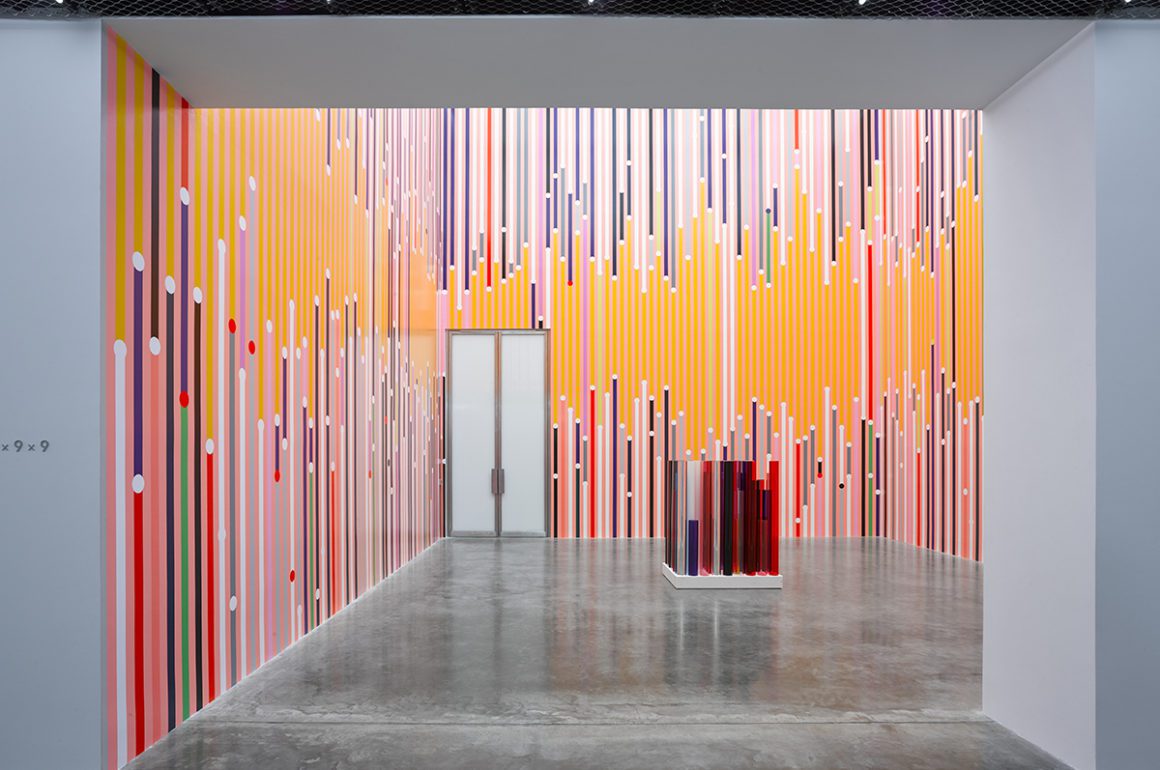
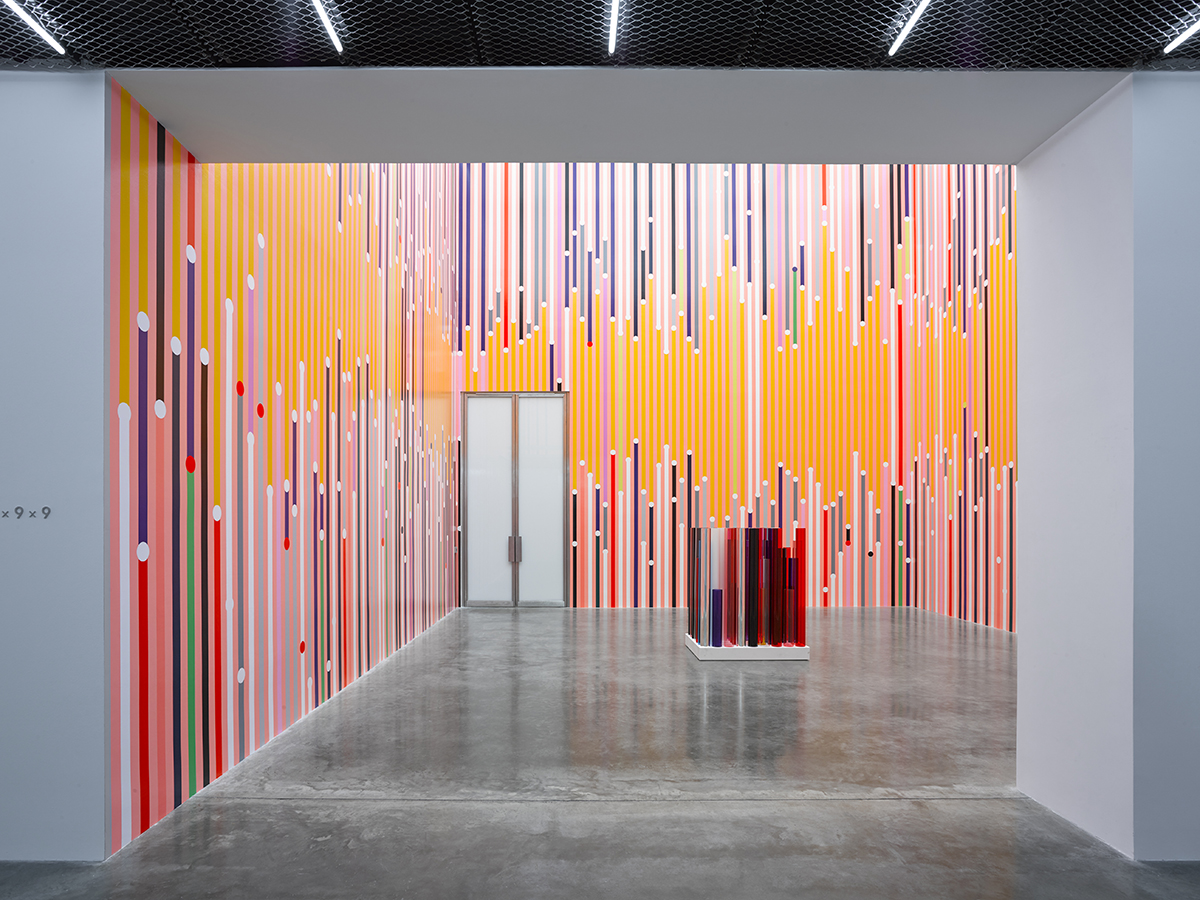
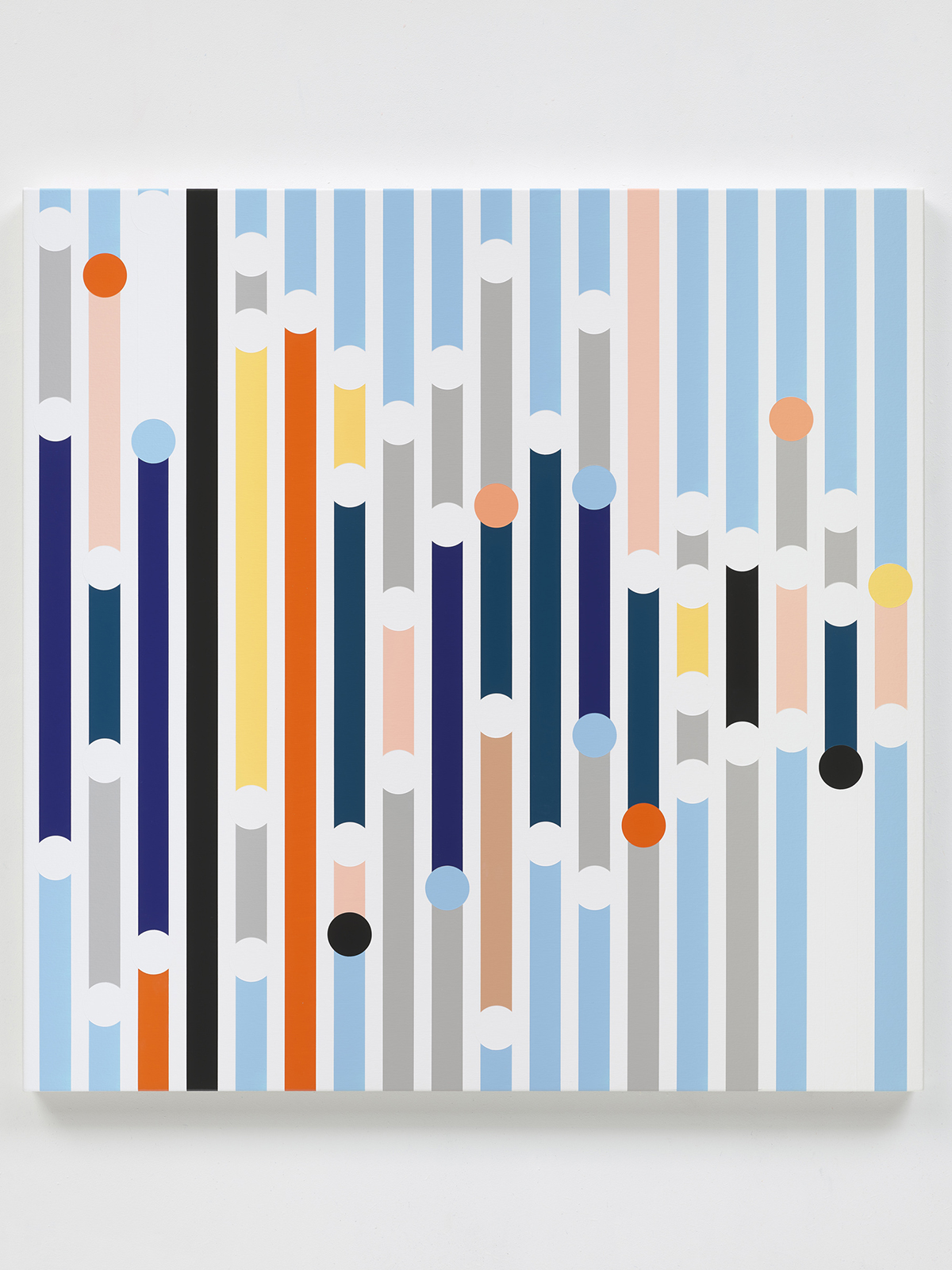
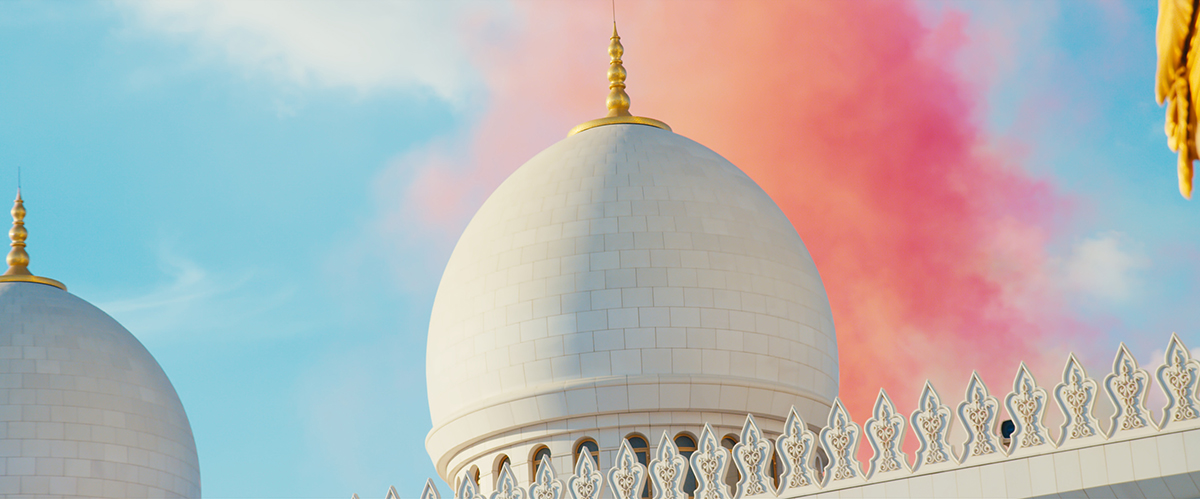
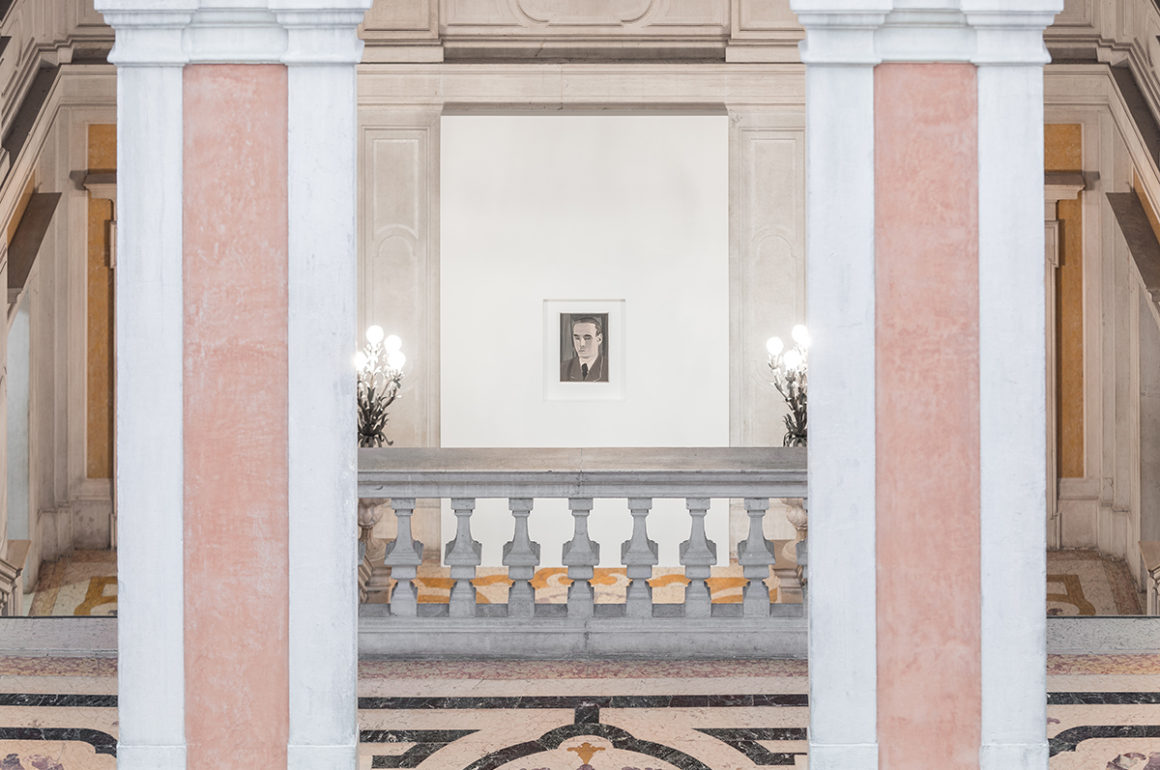
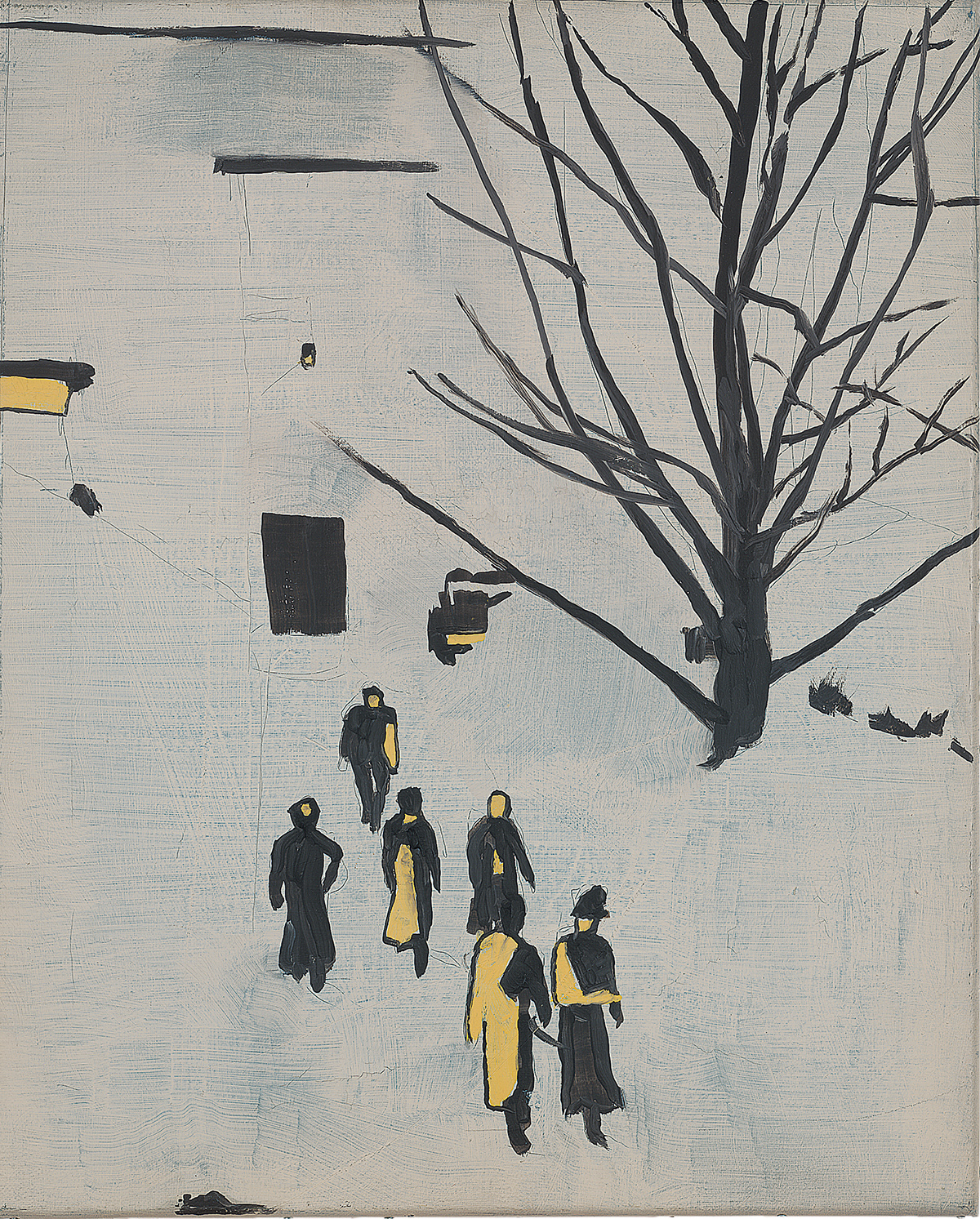
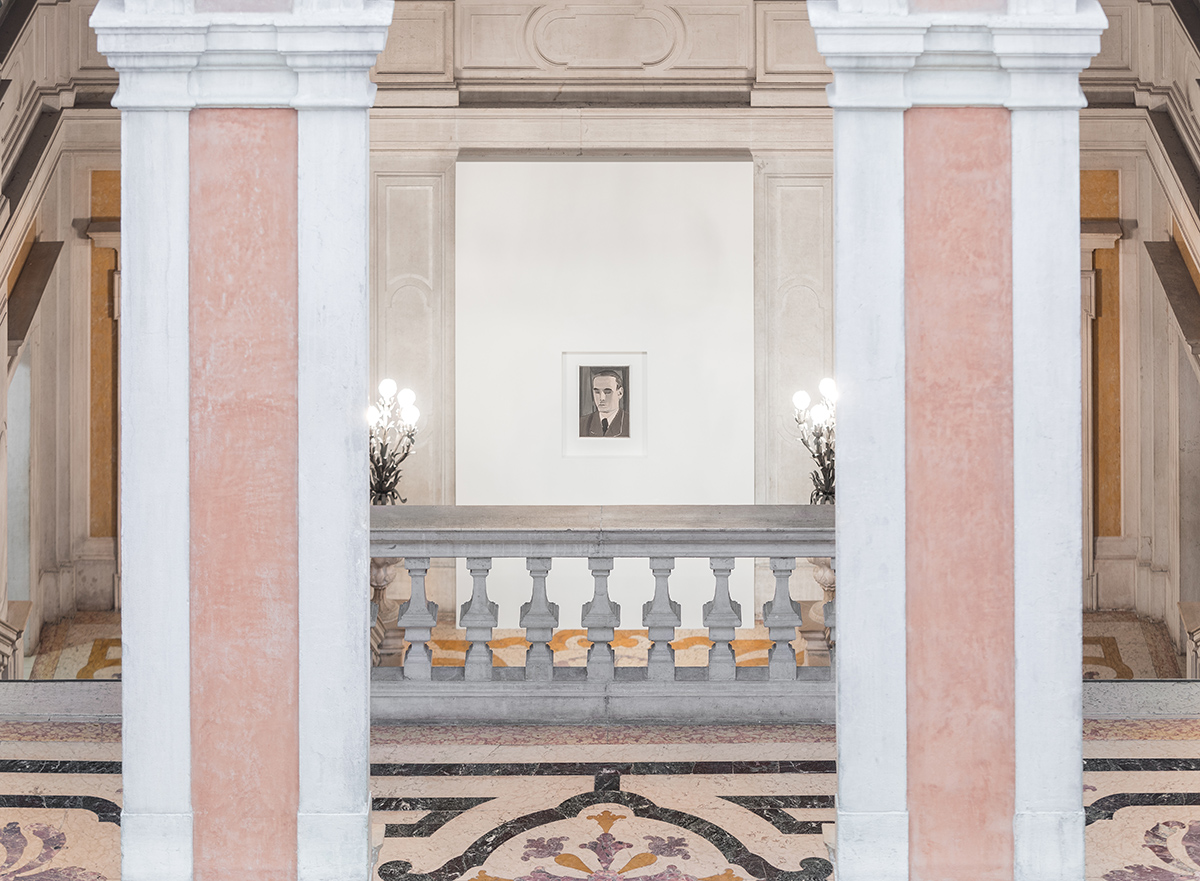
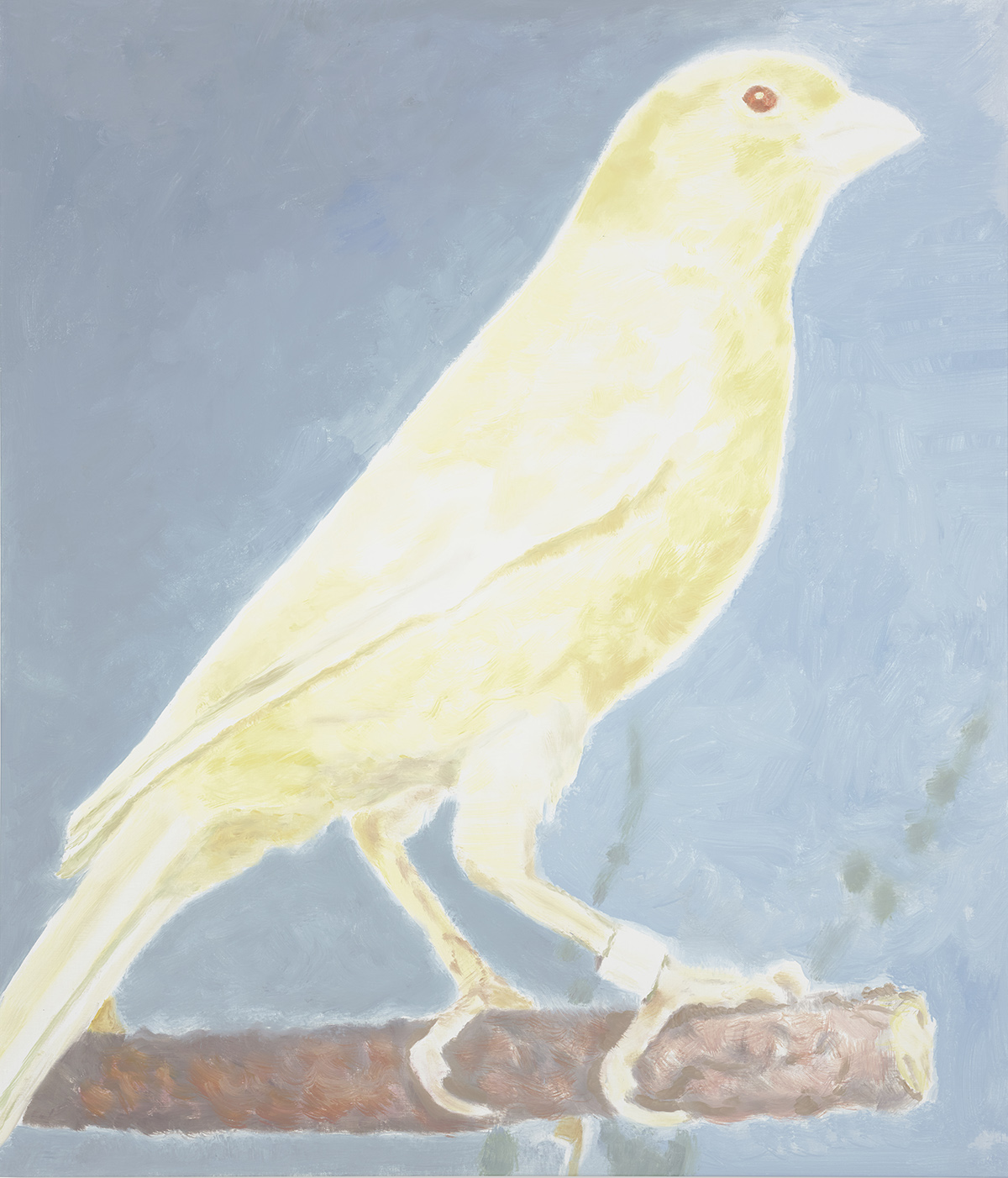
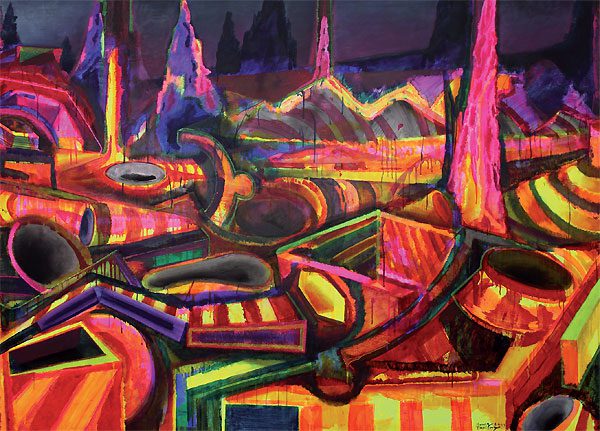

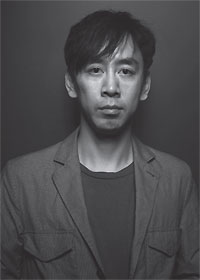


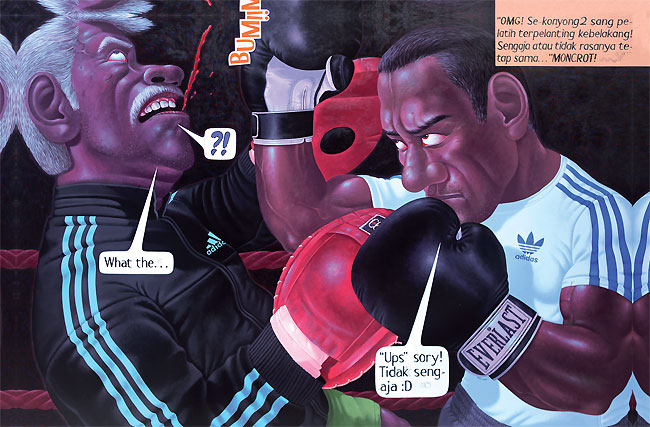
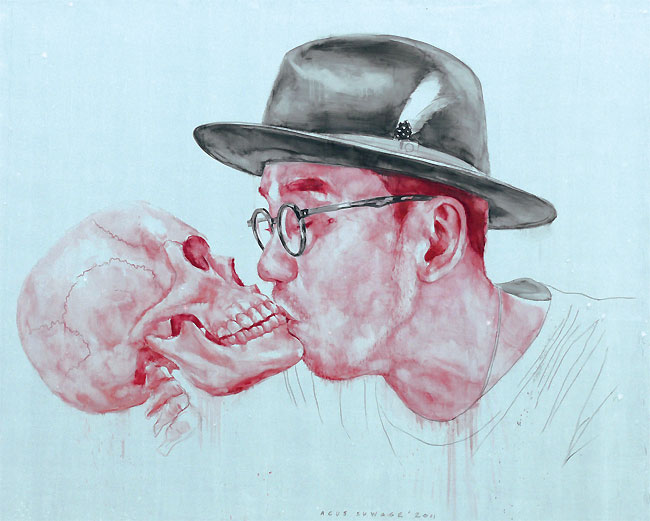

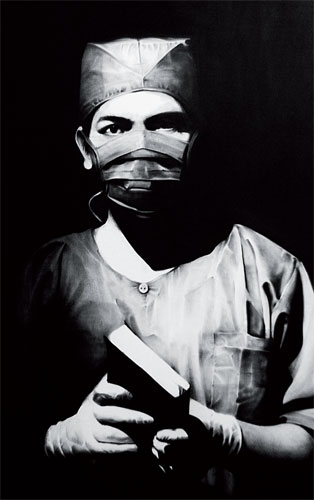






Recent Comments